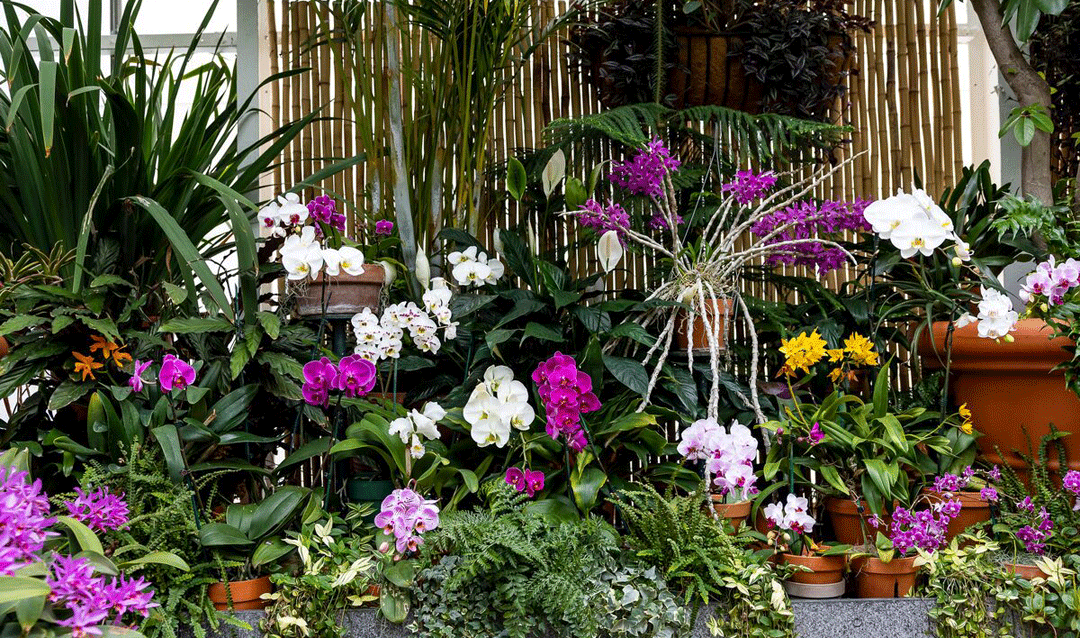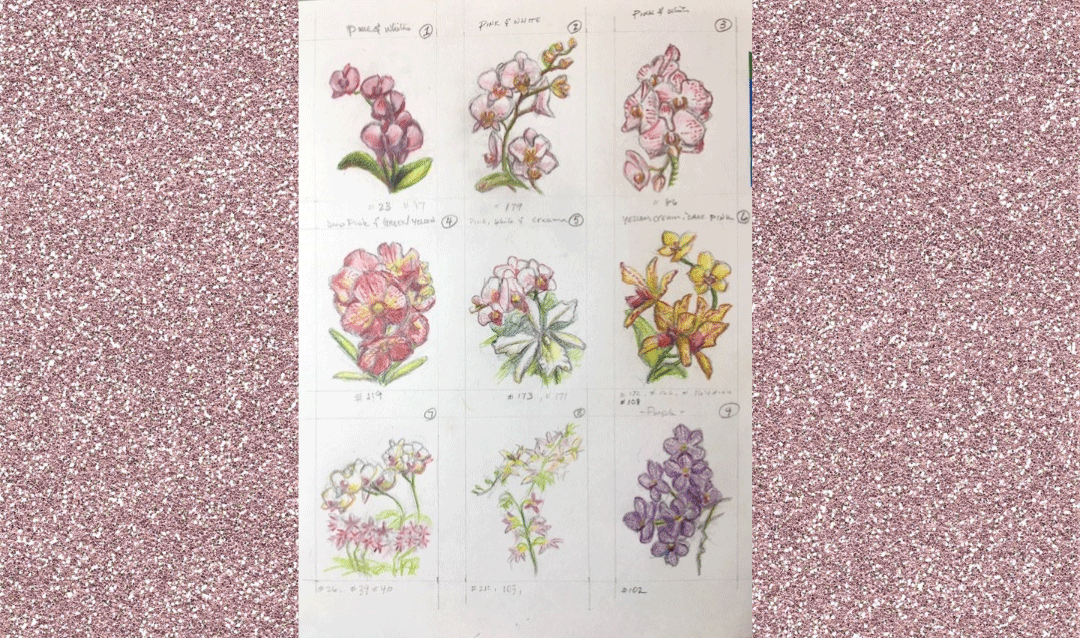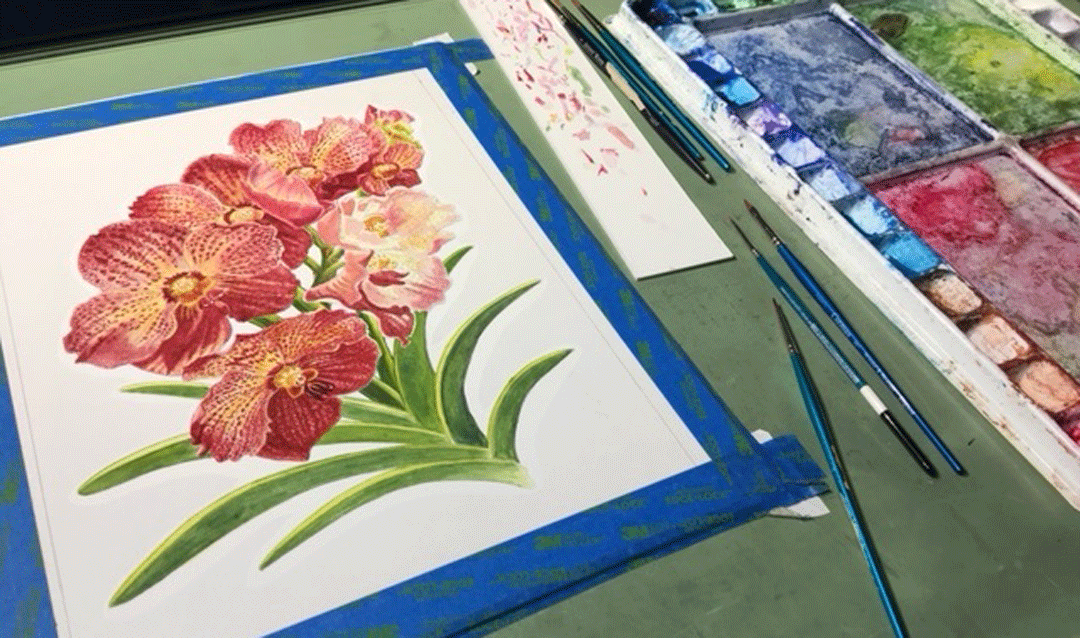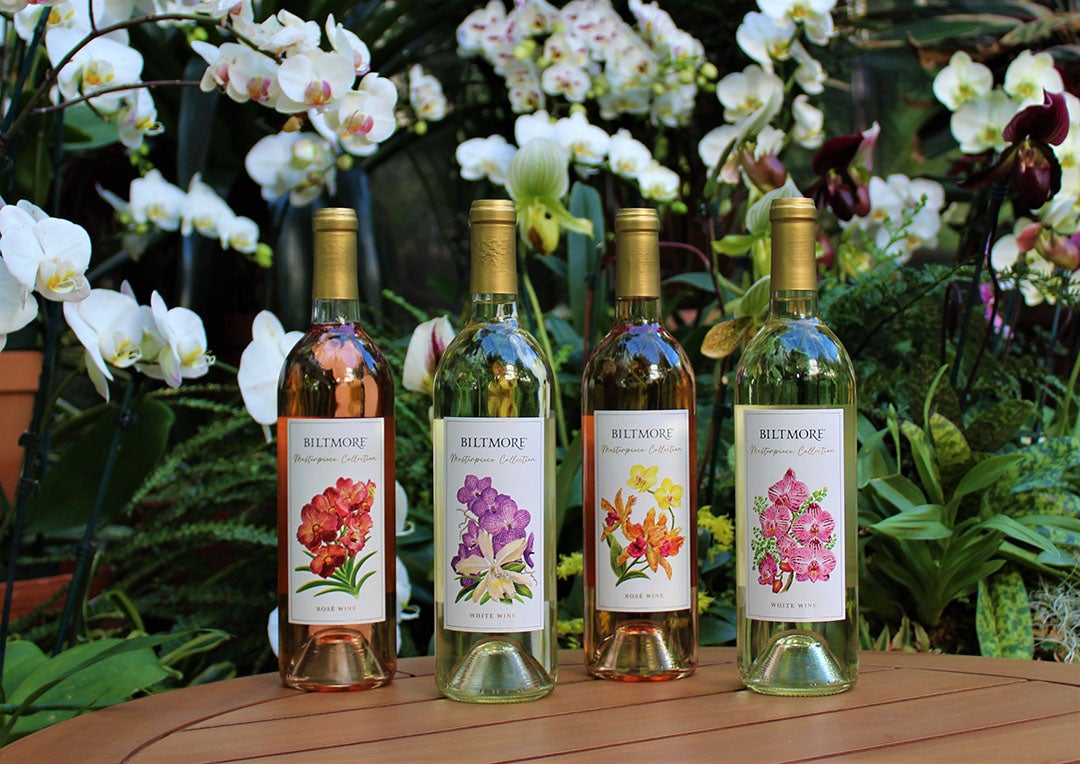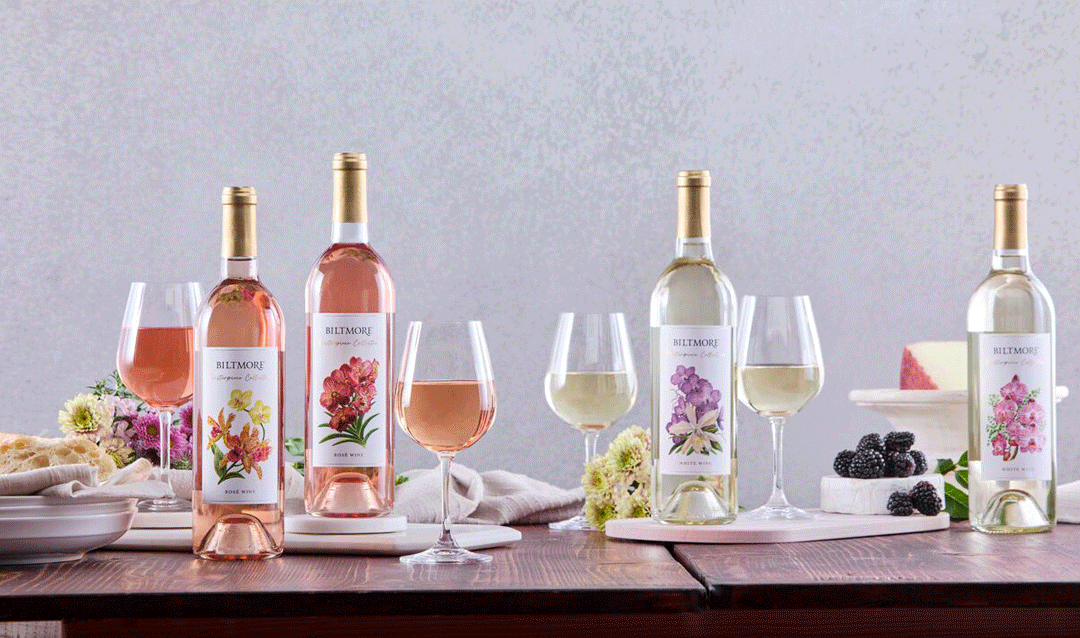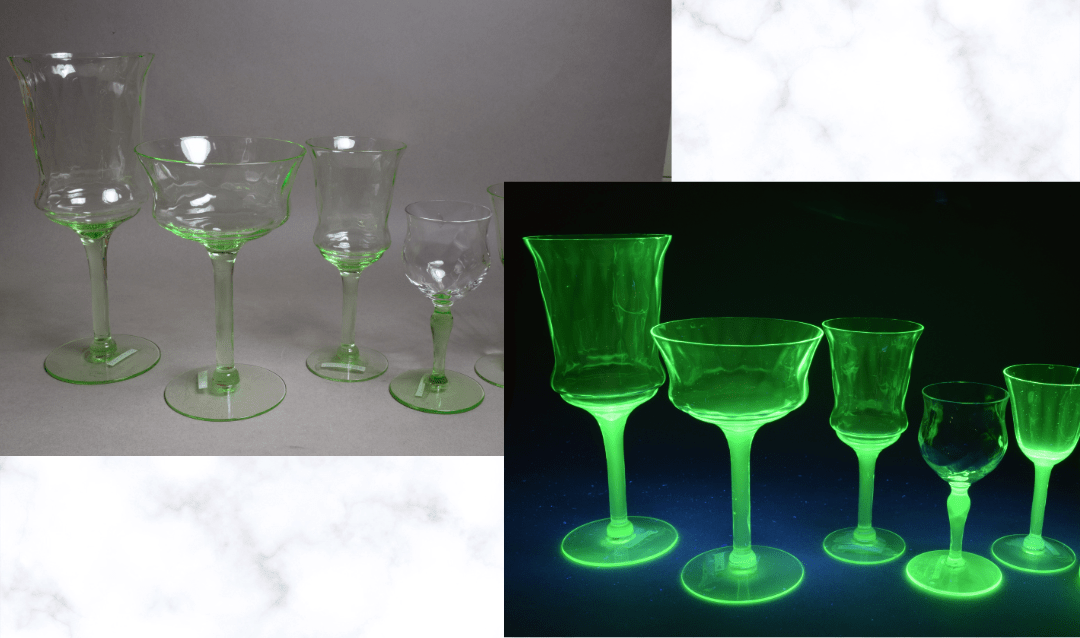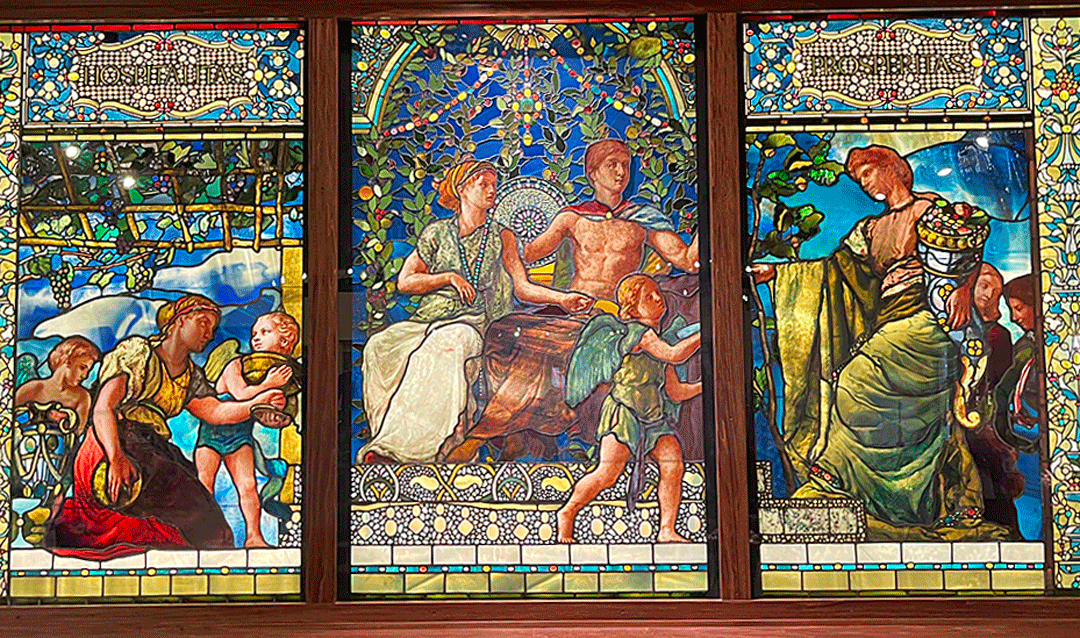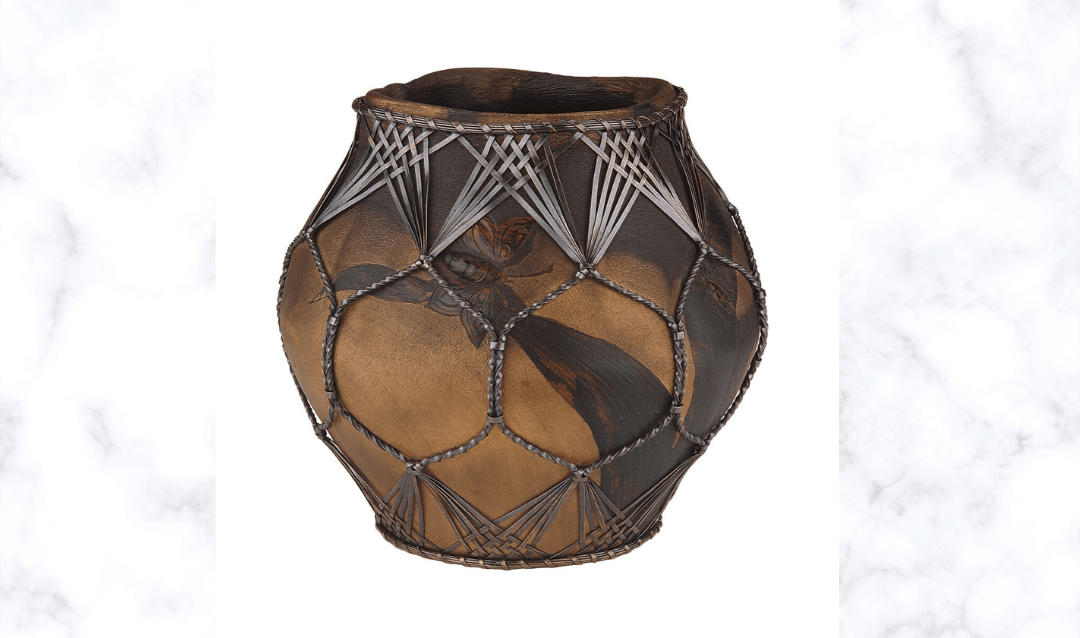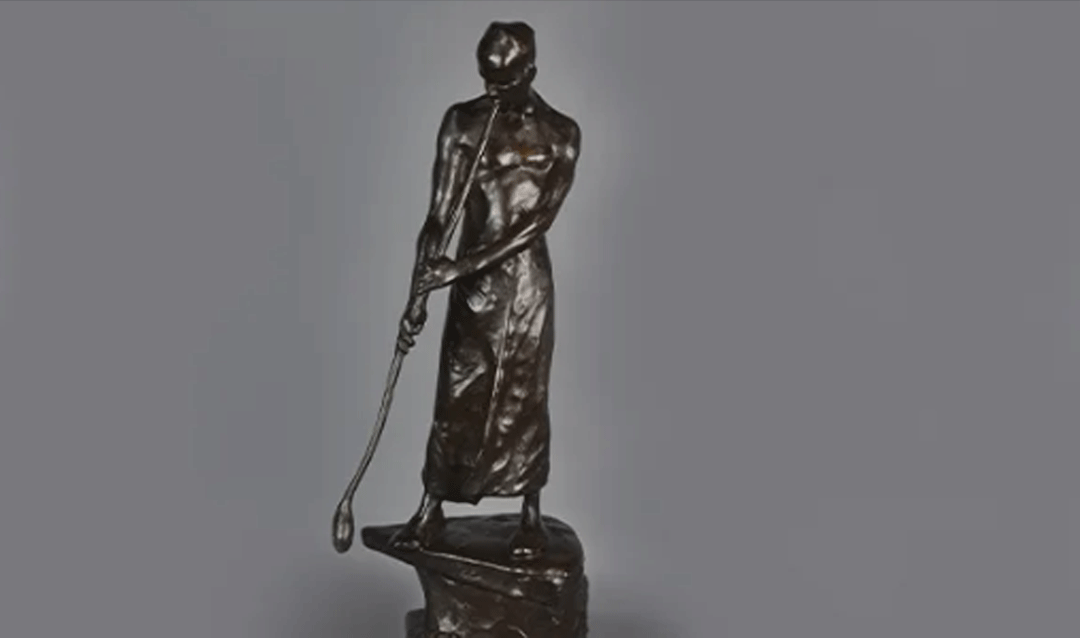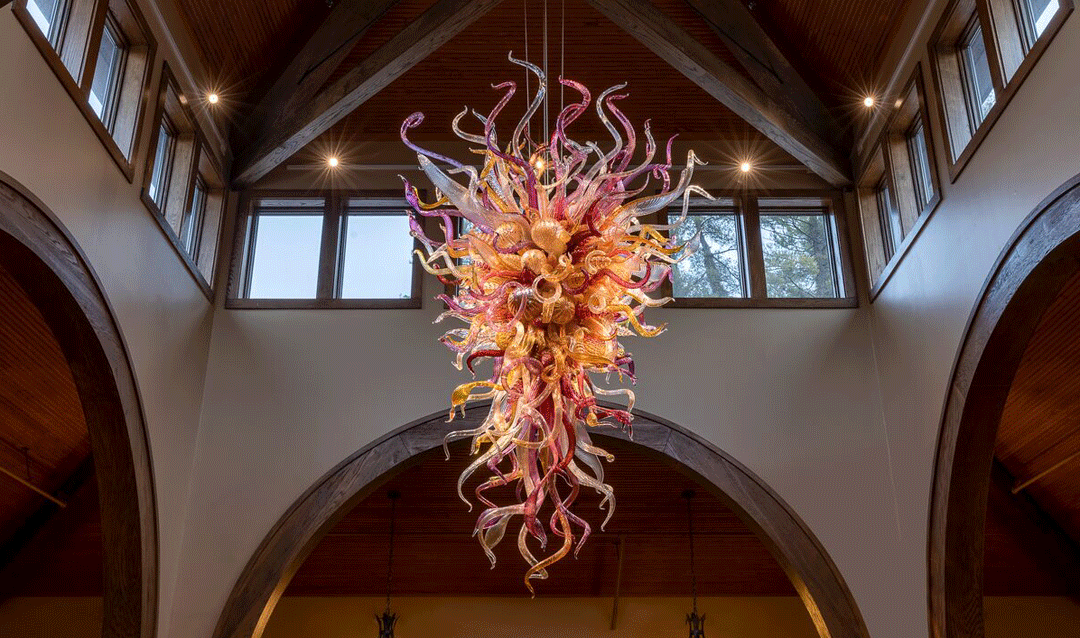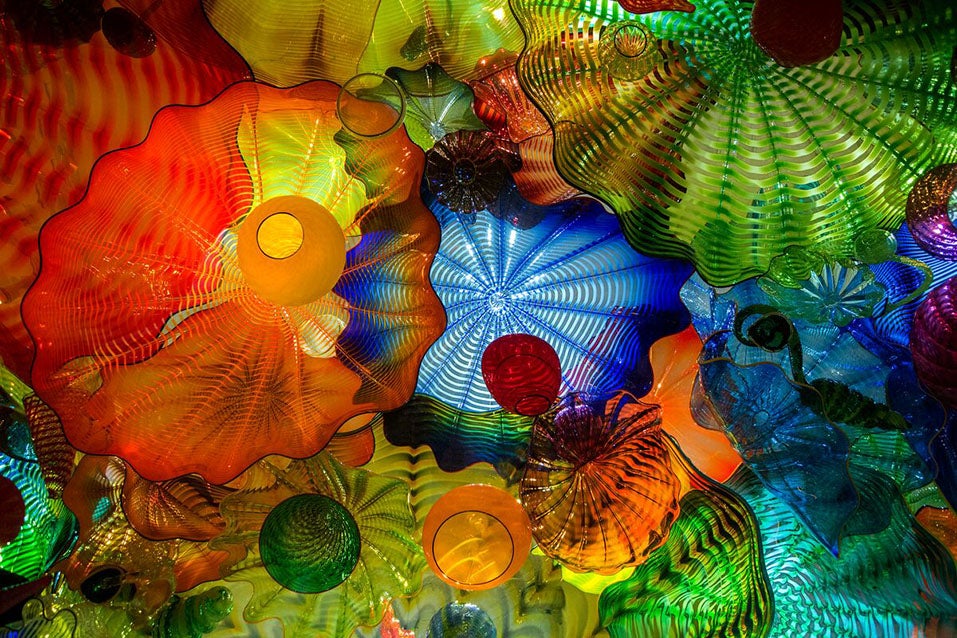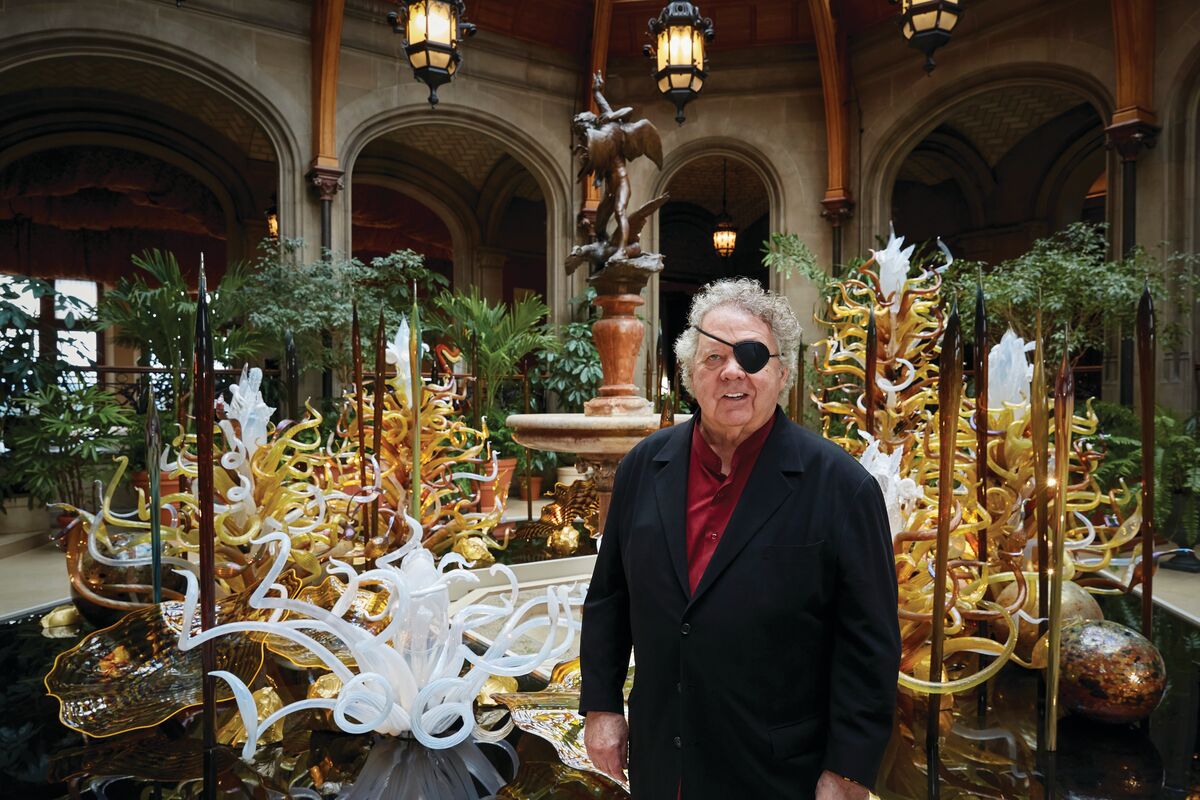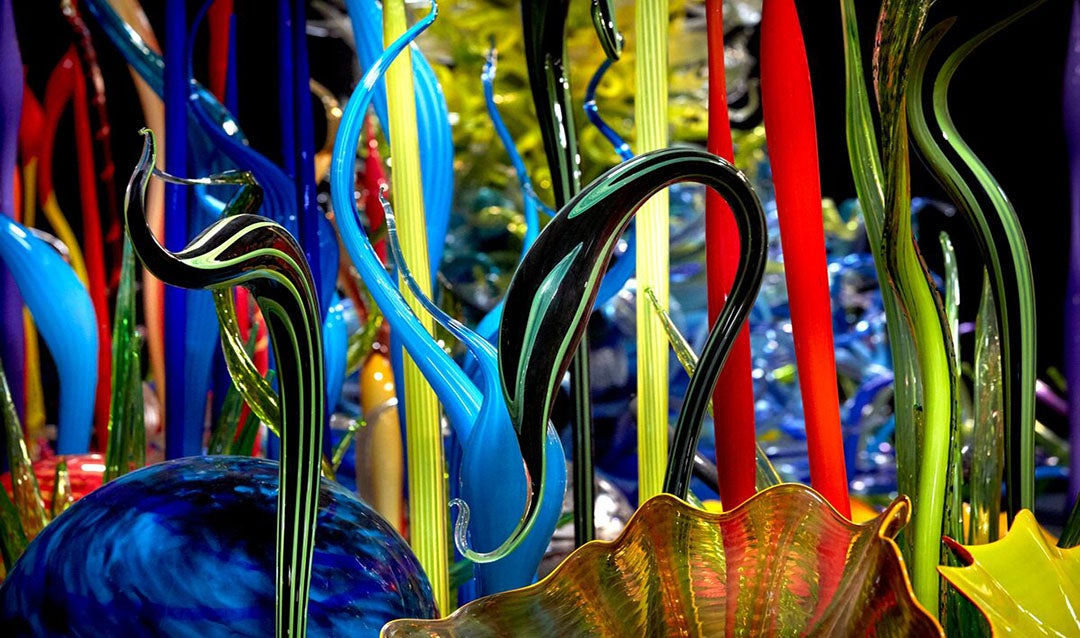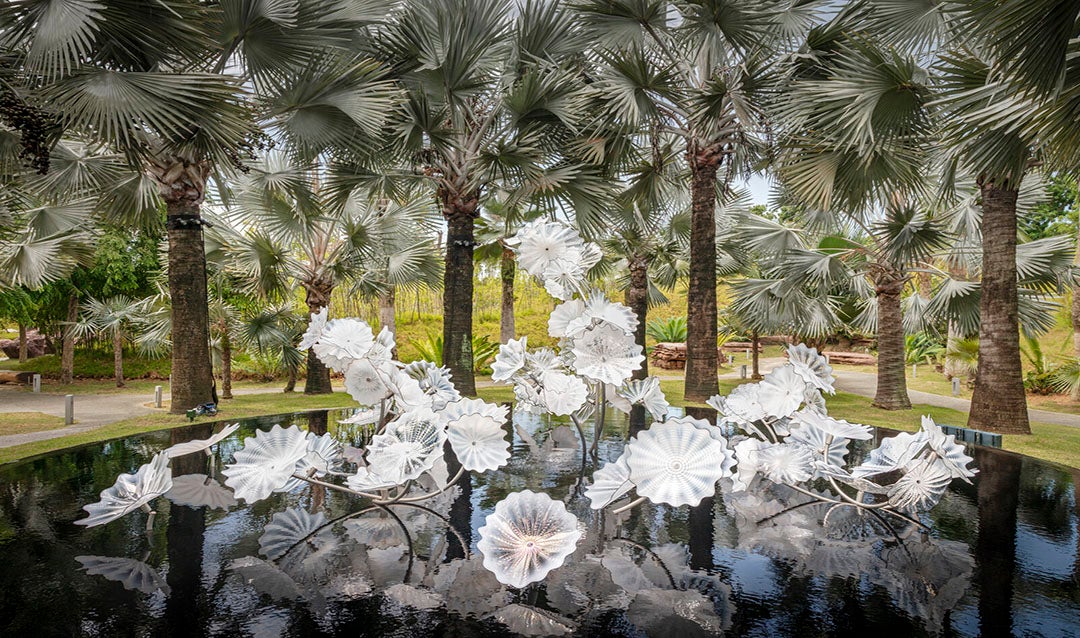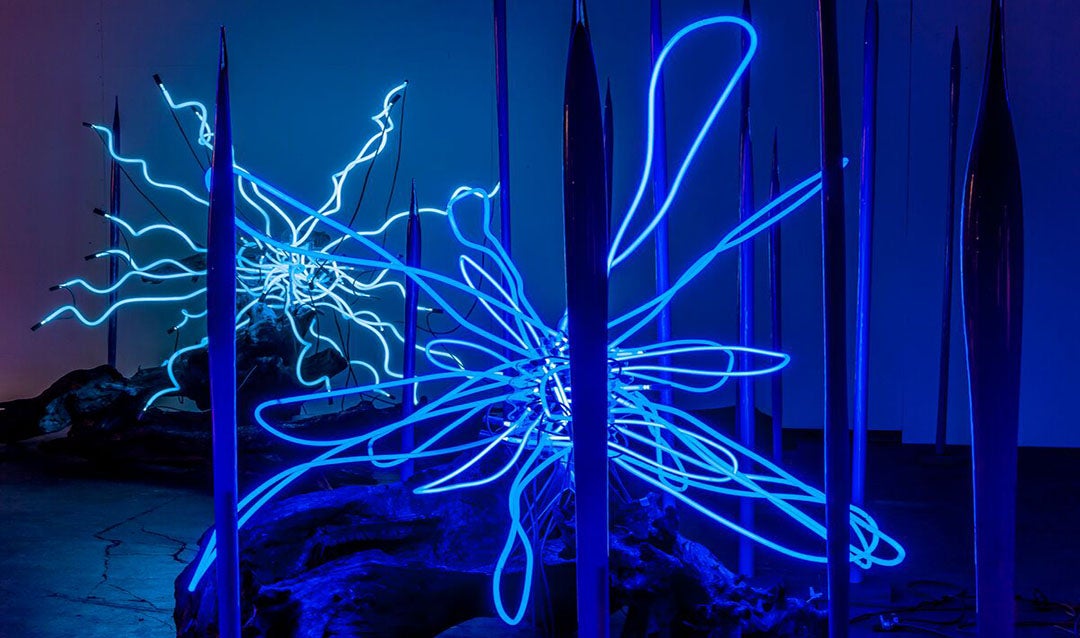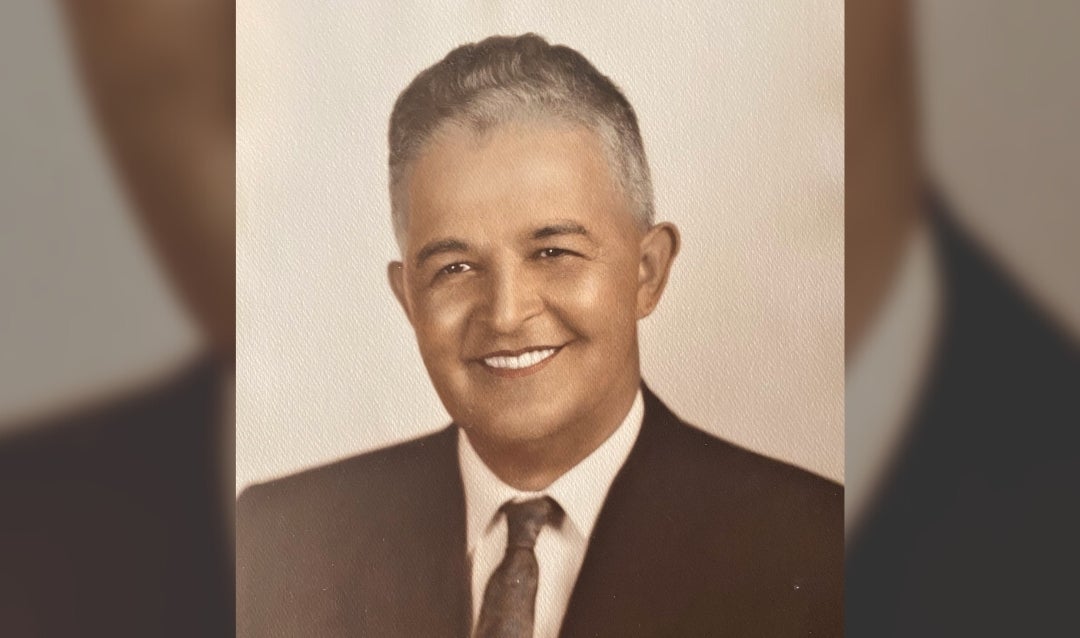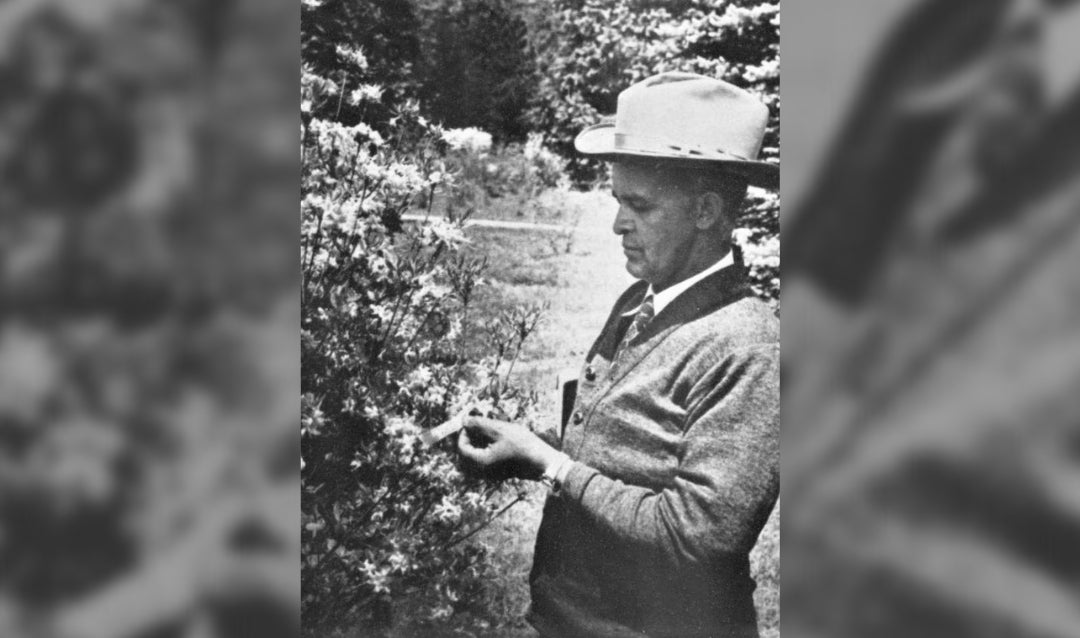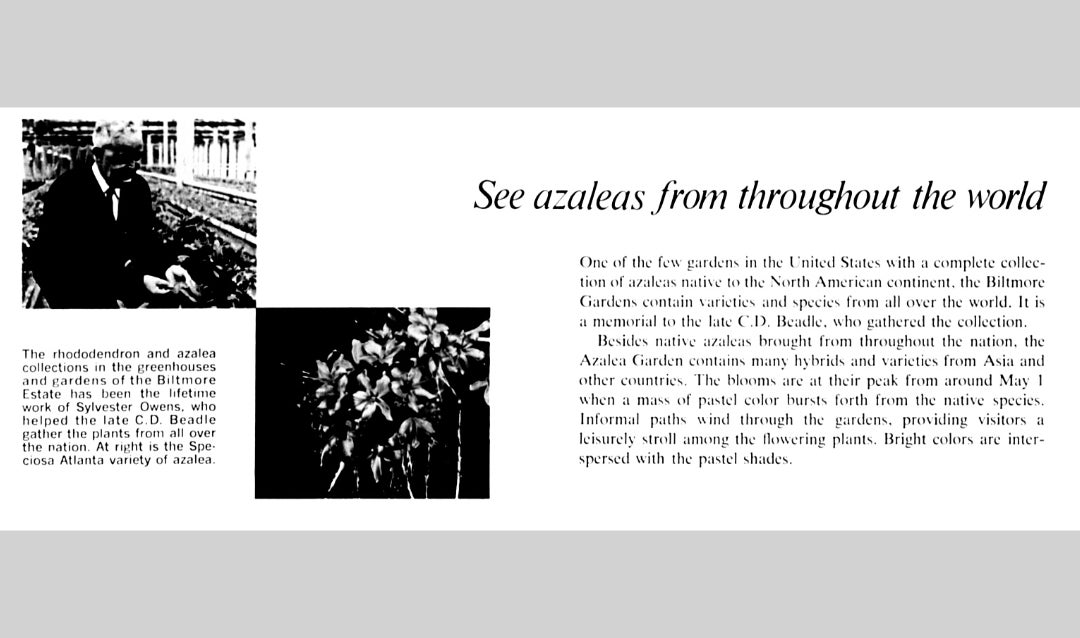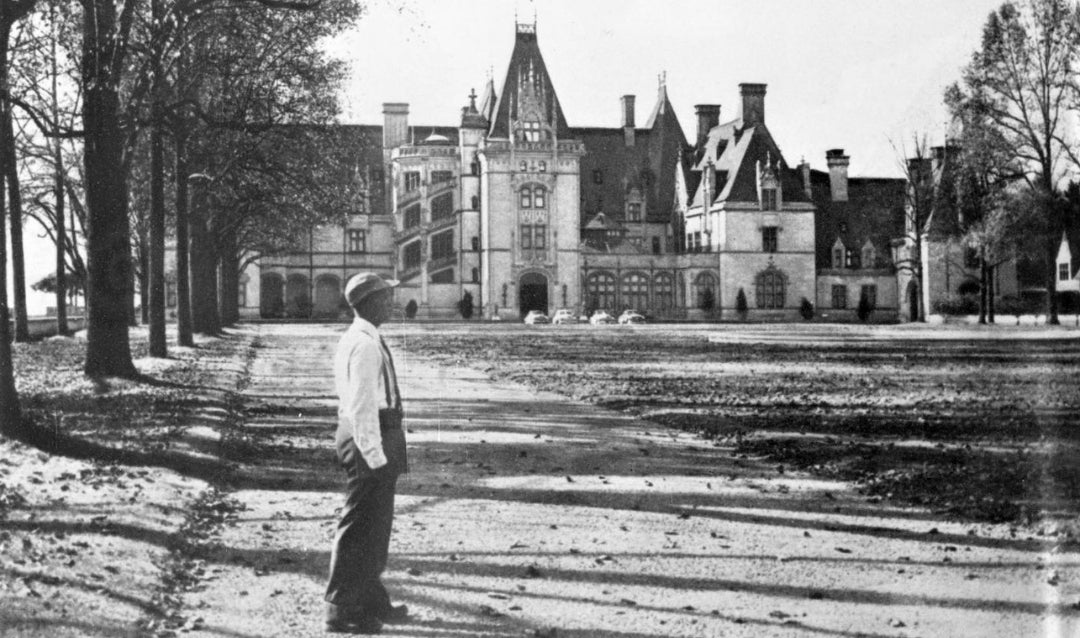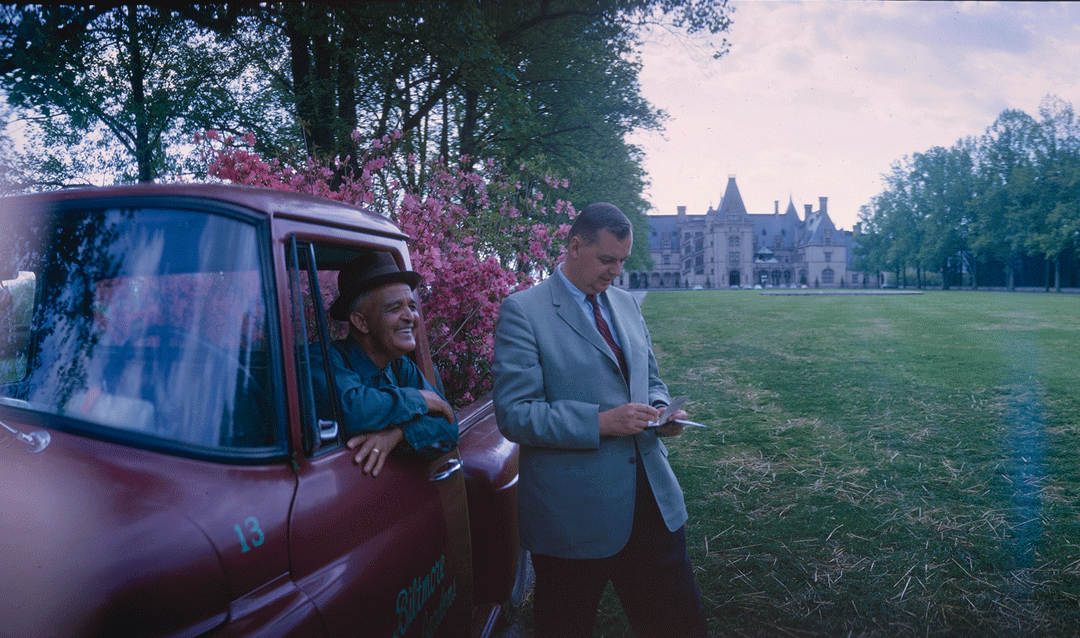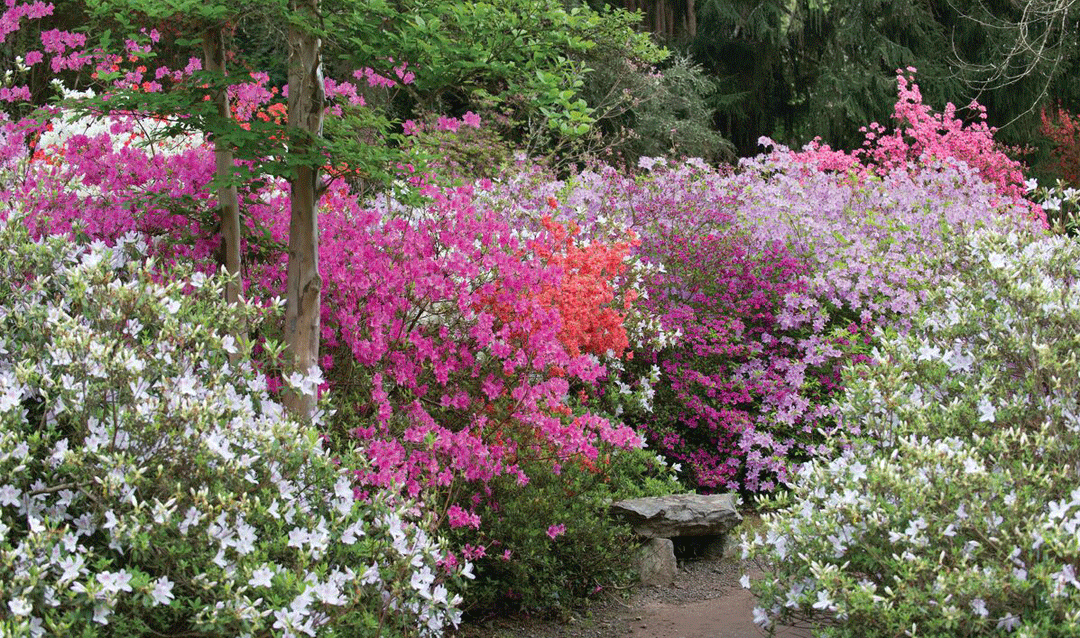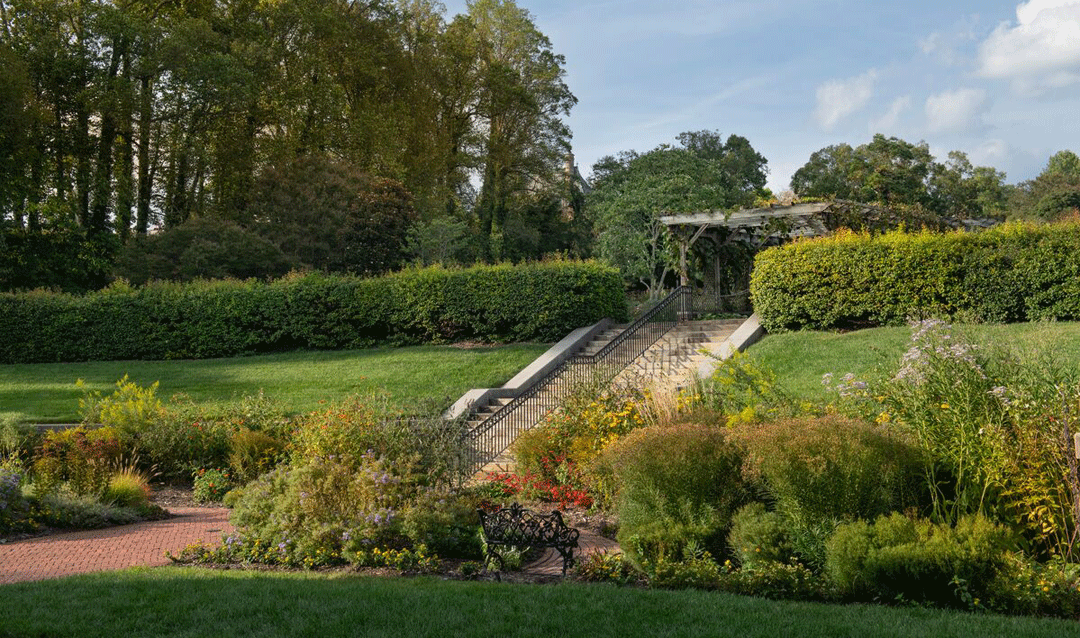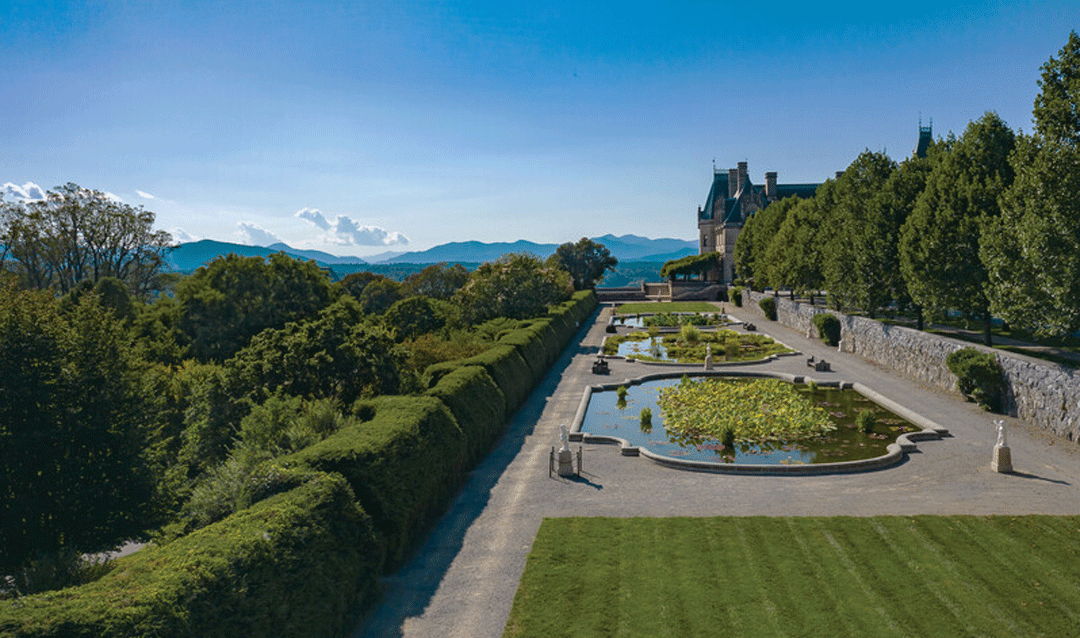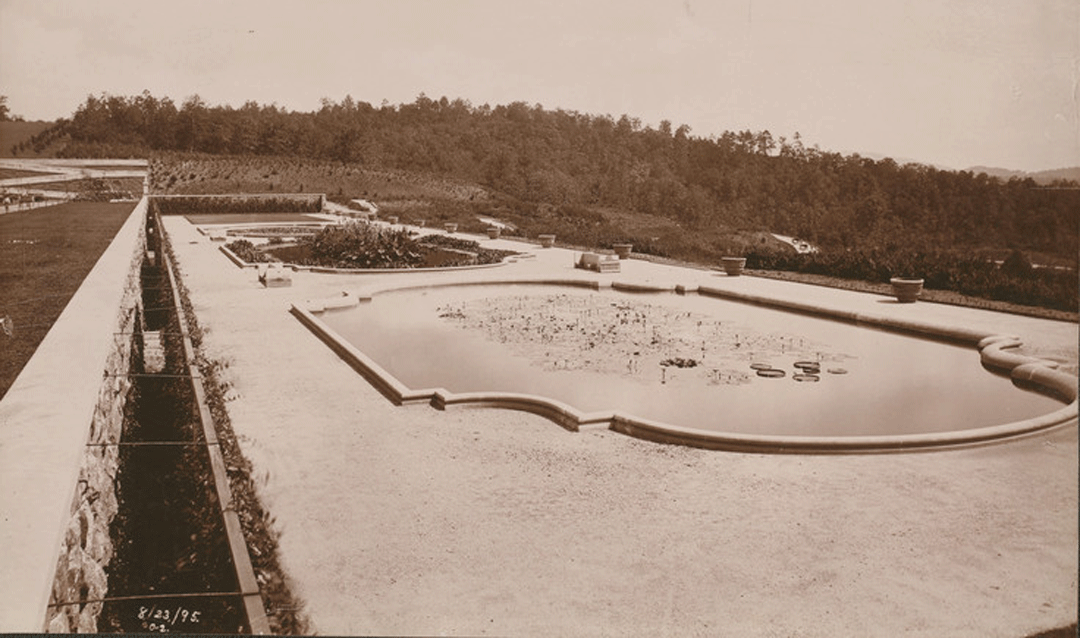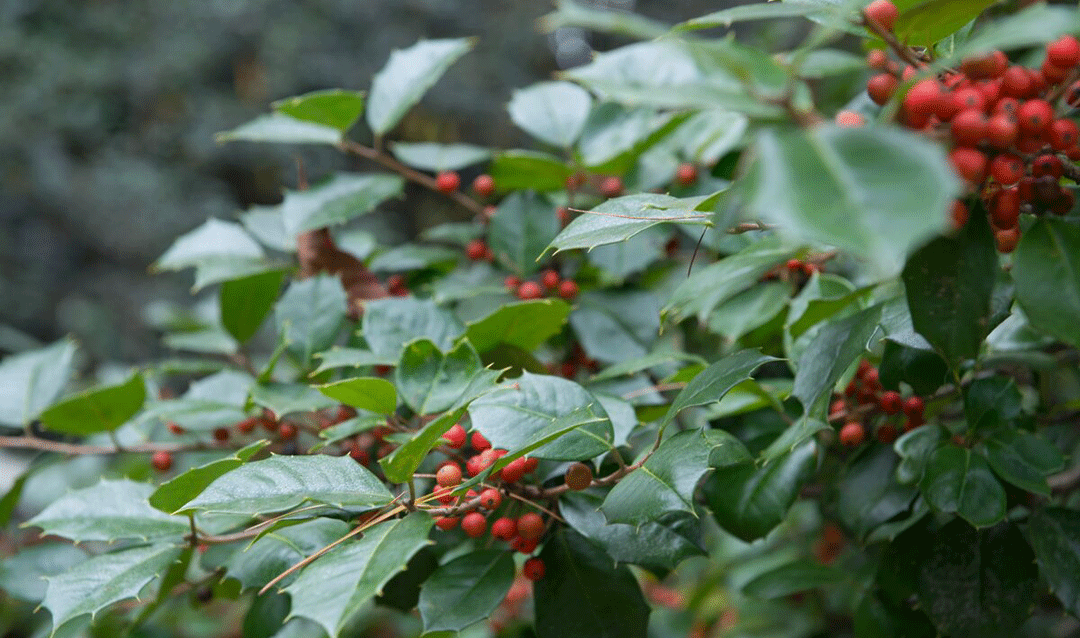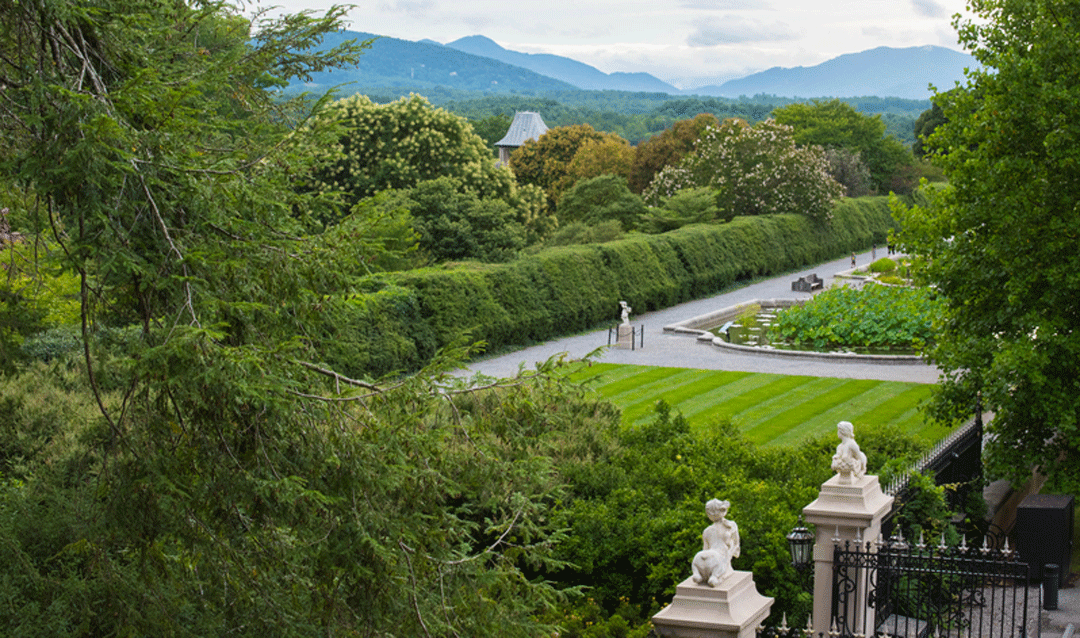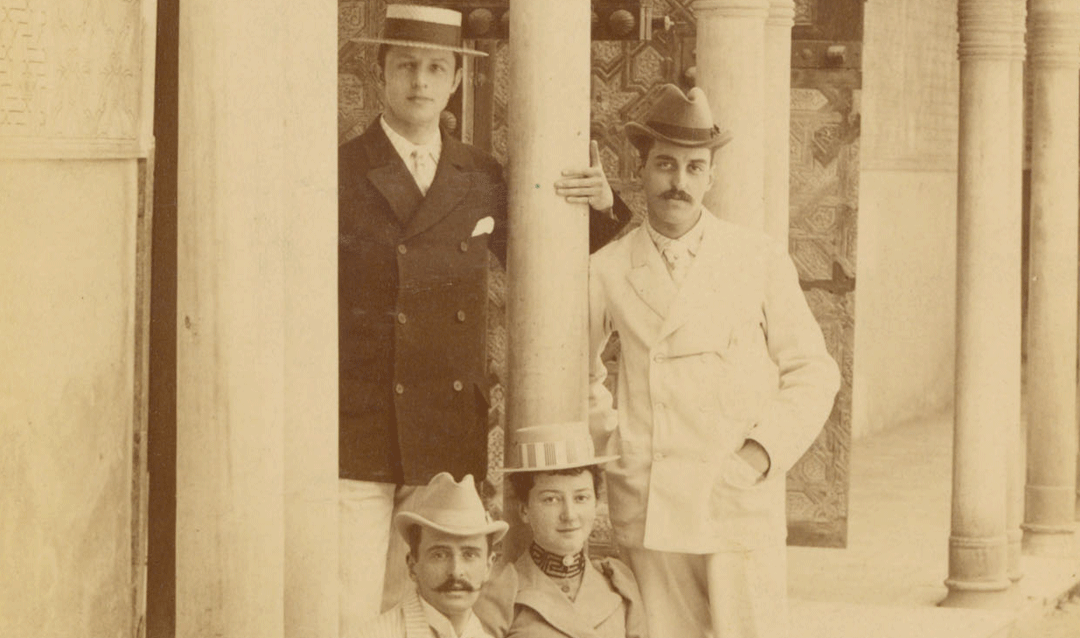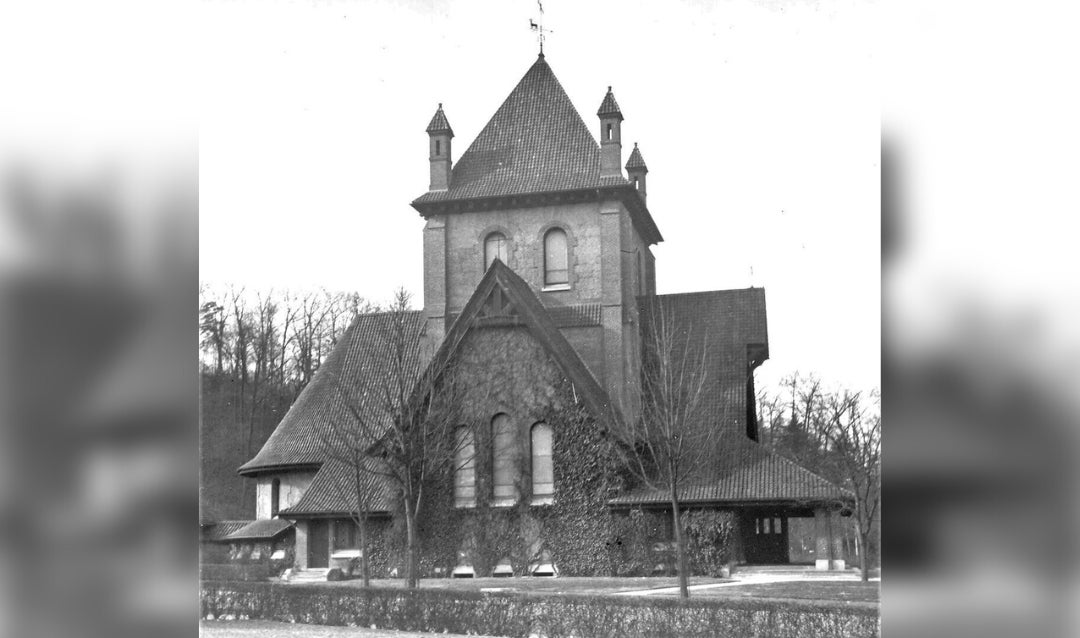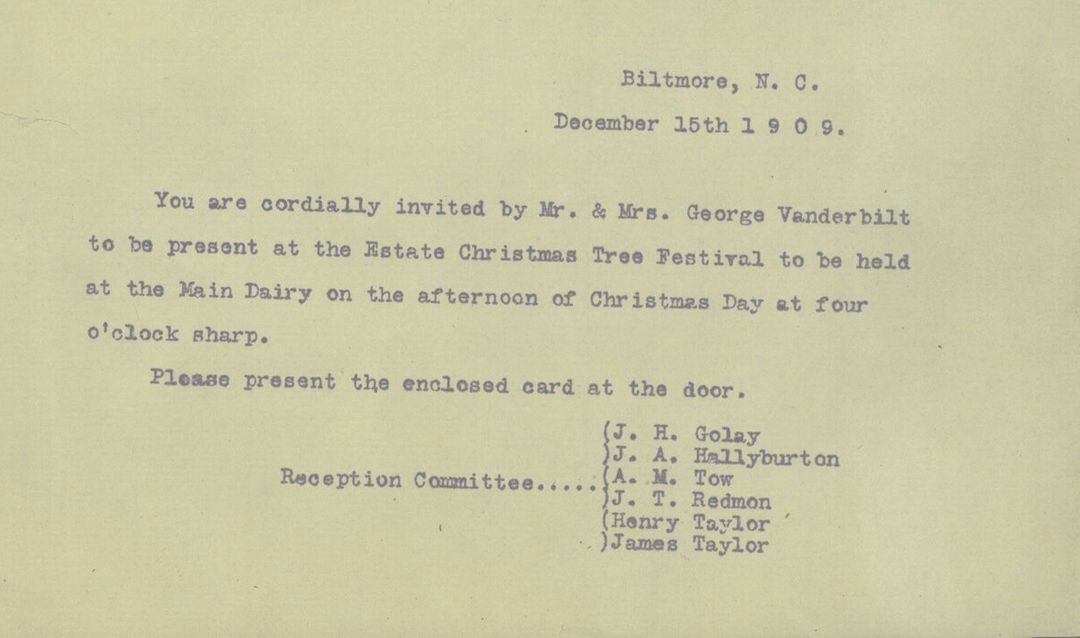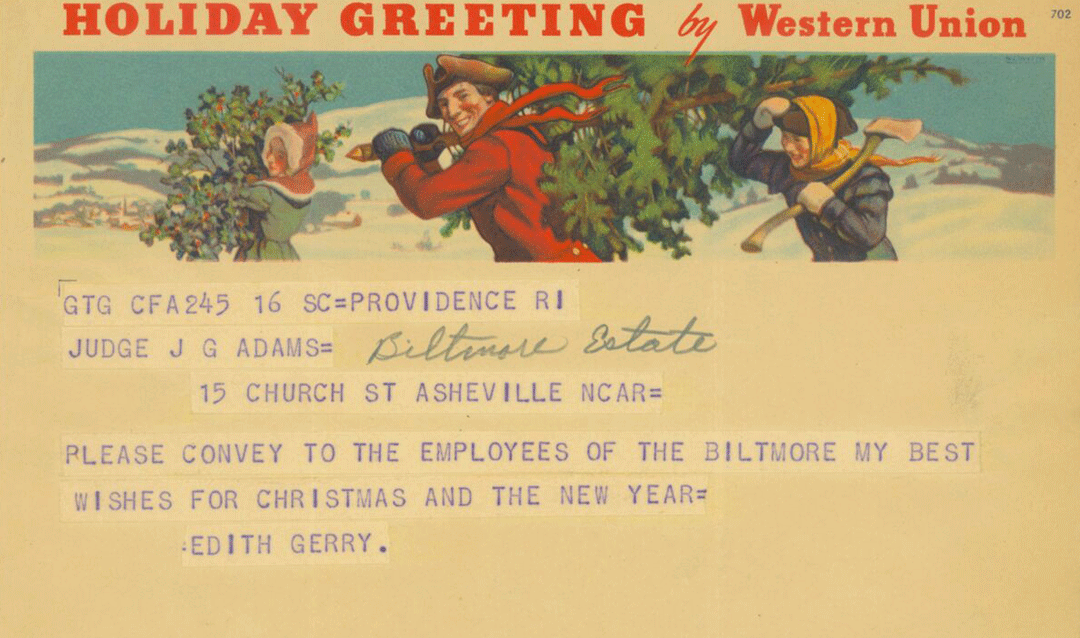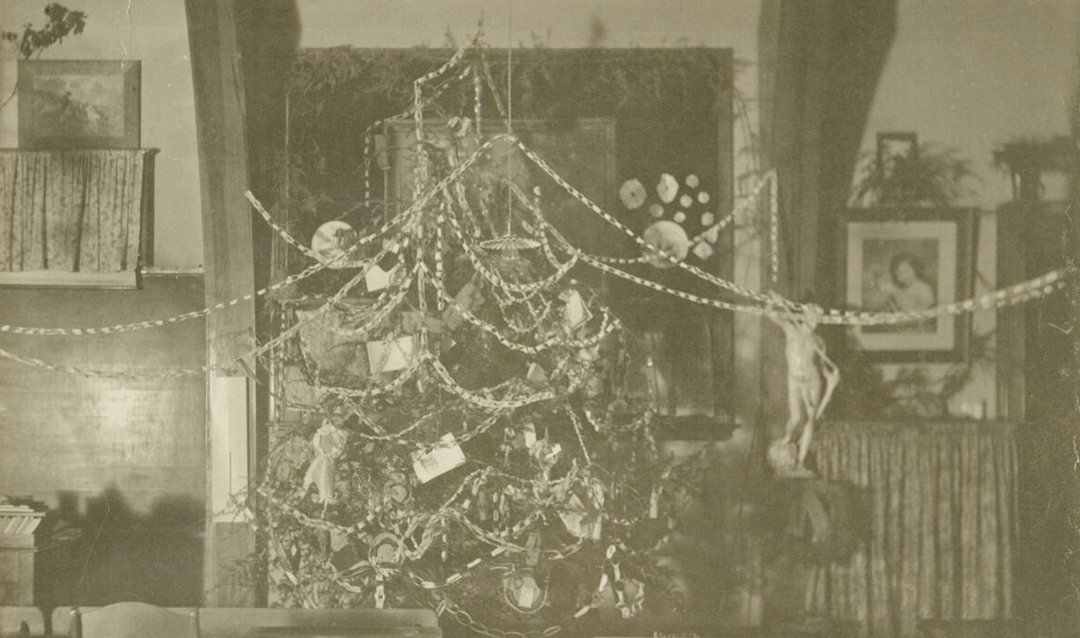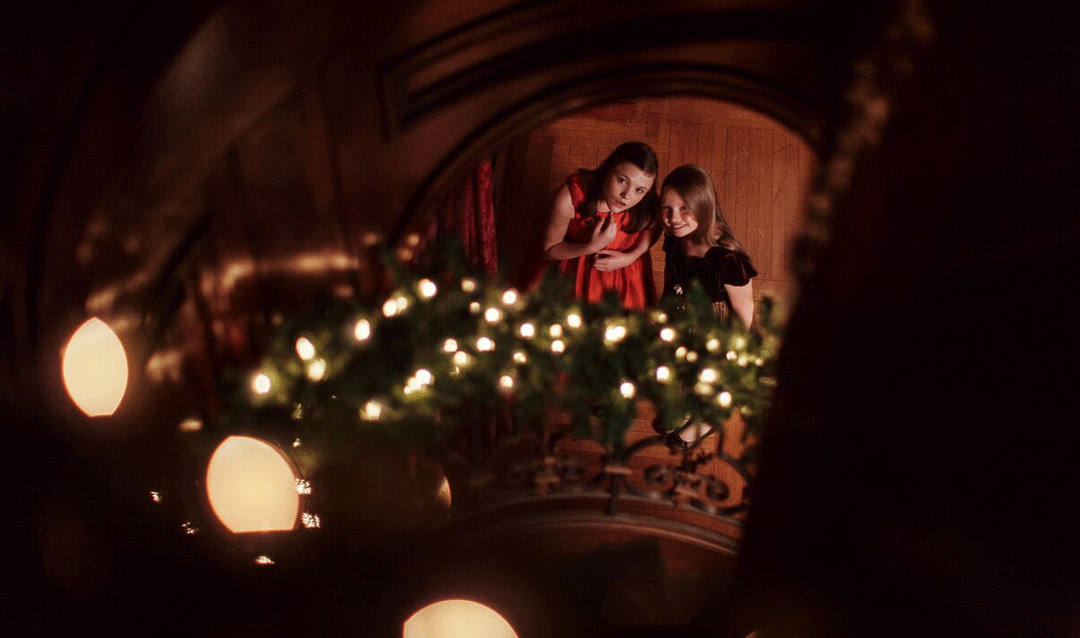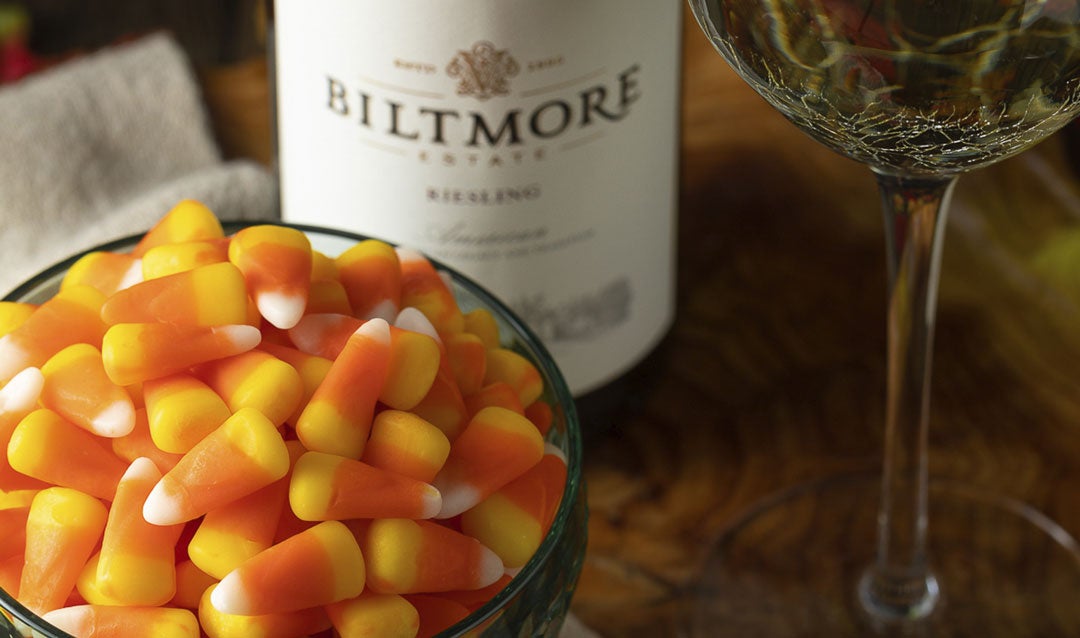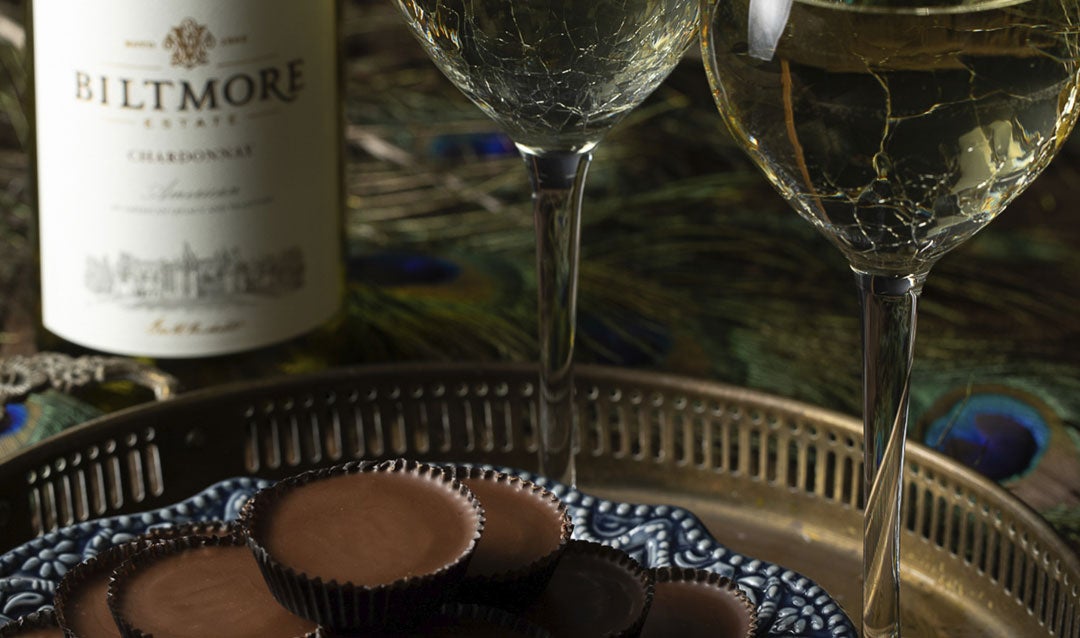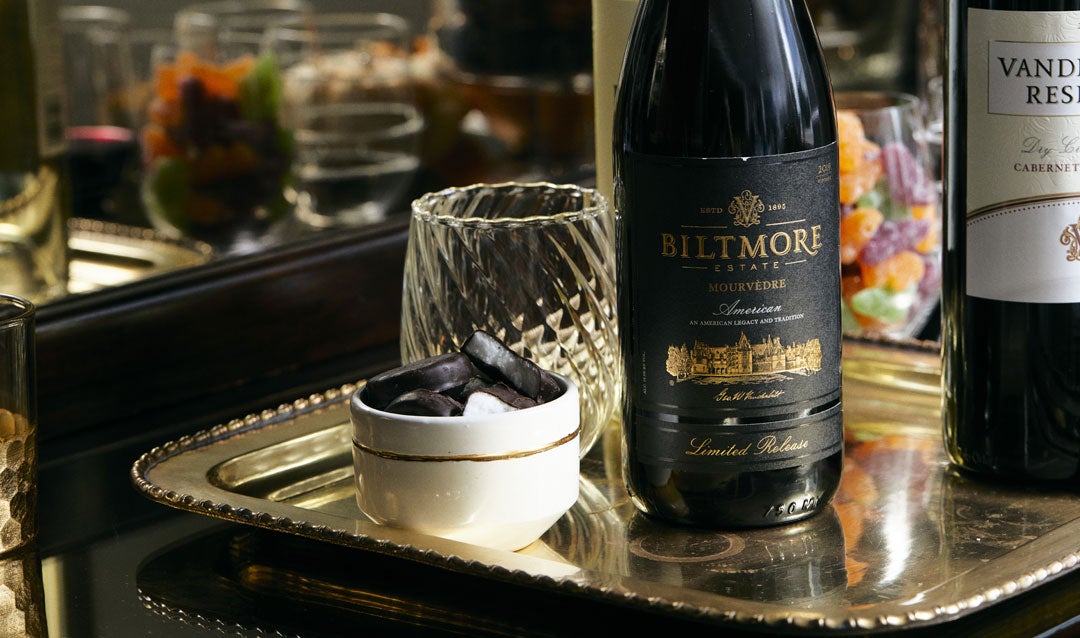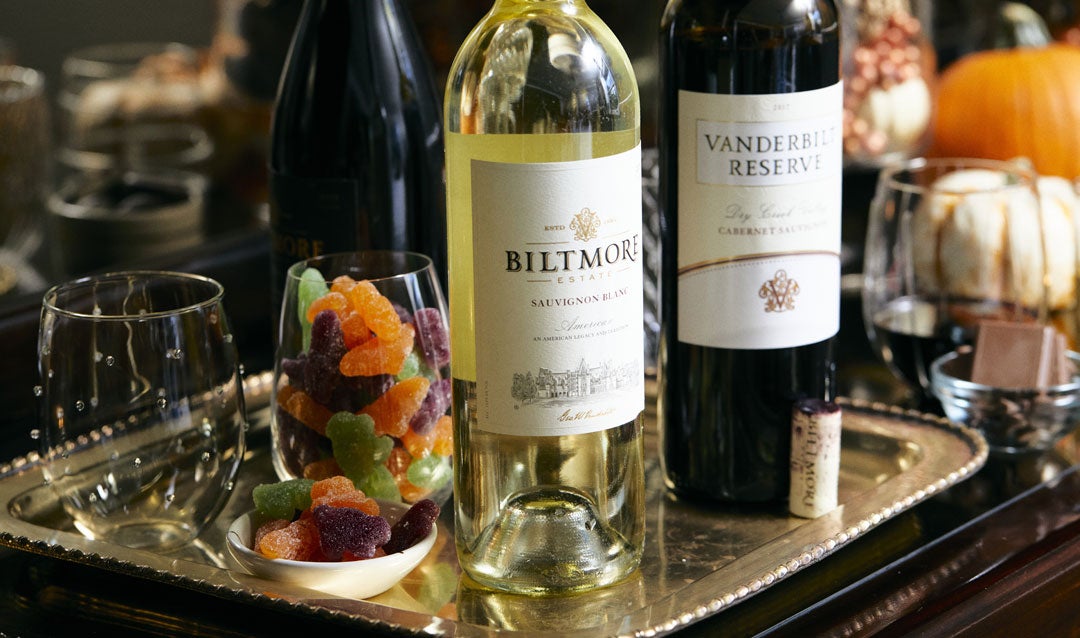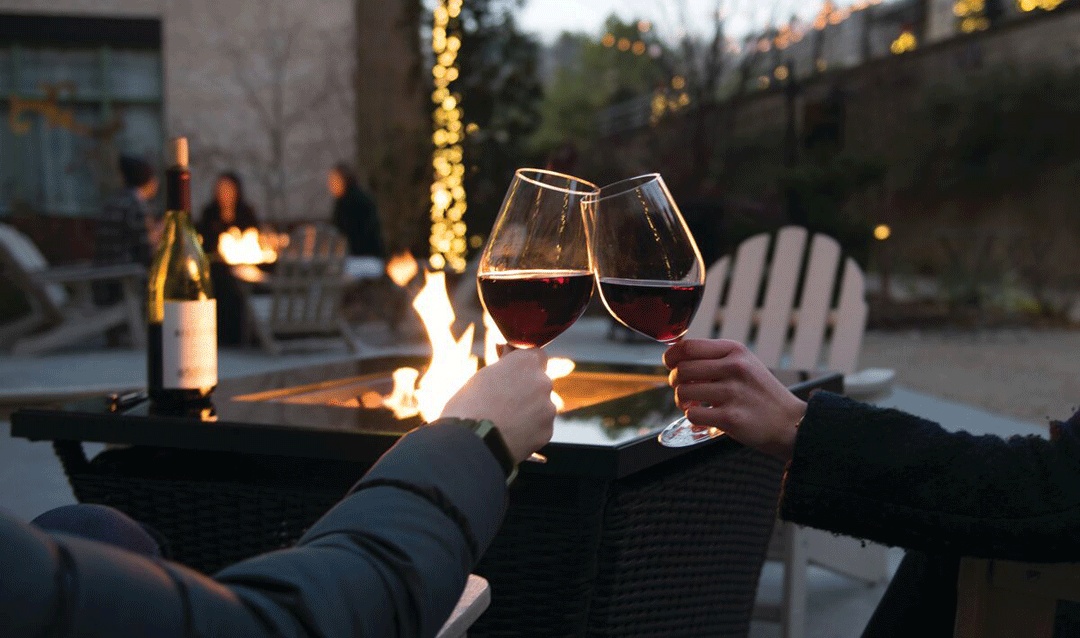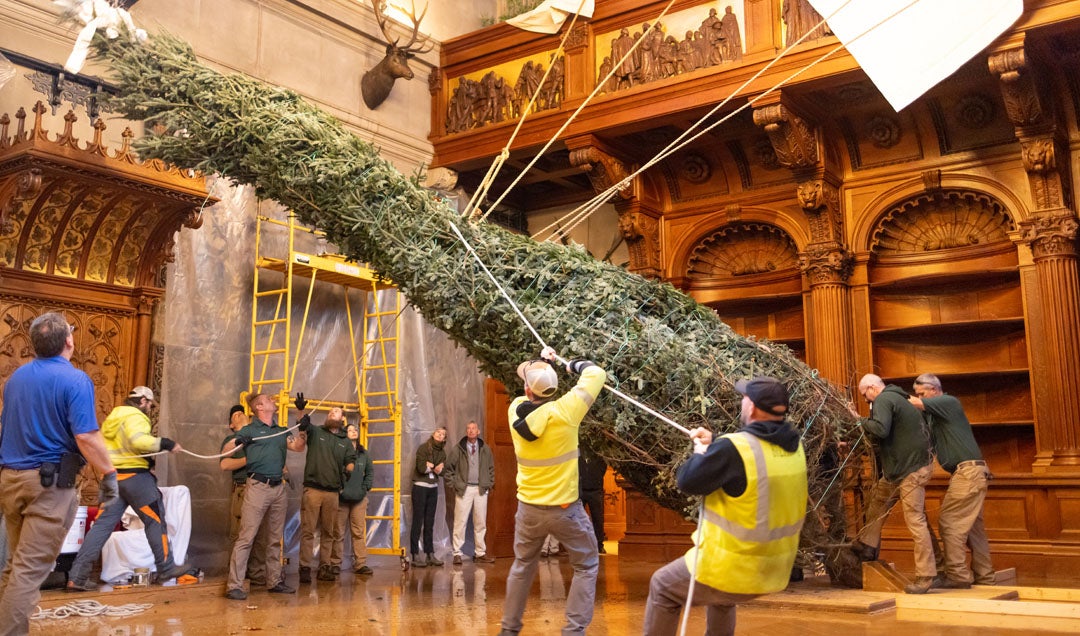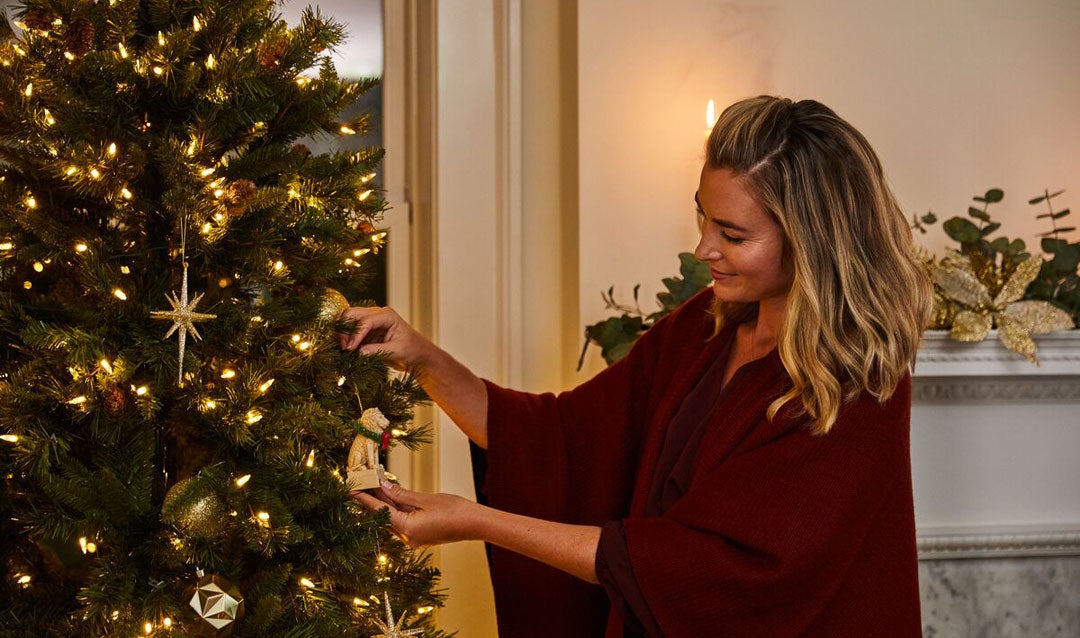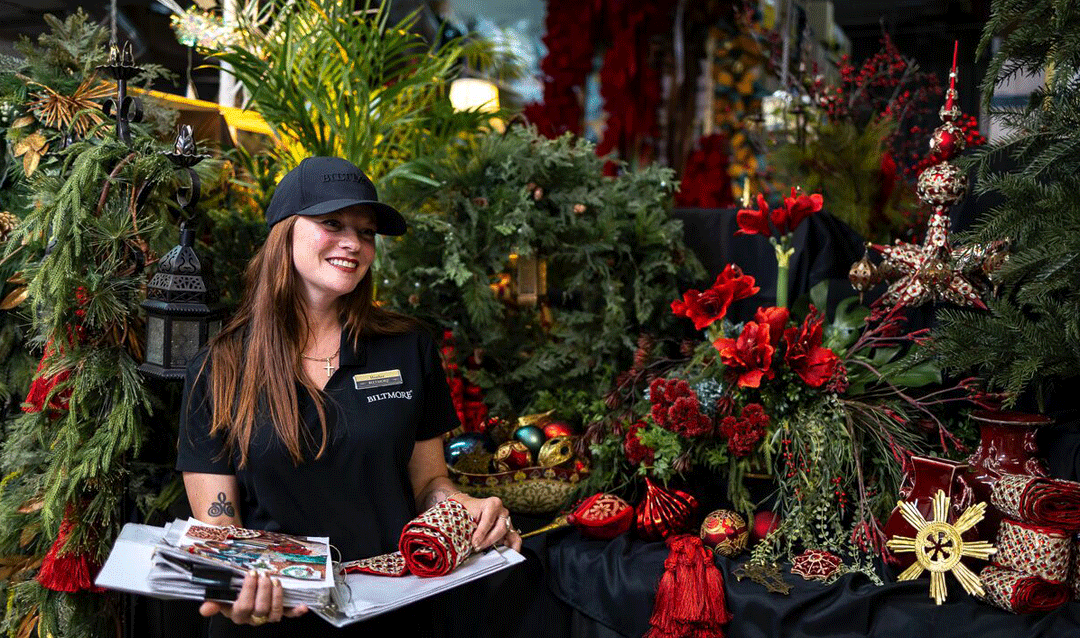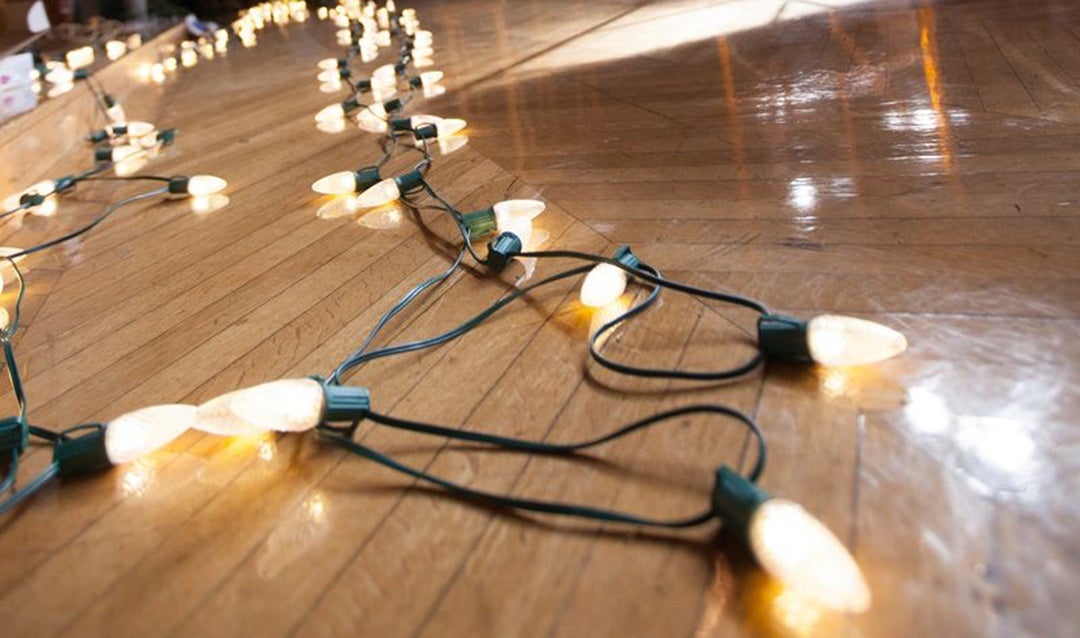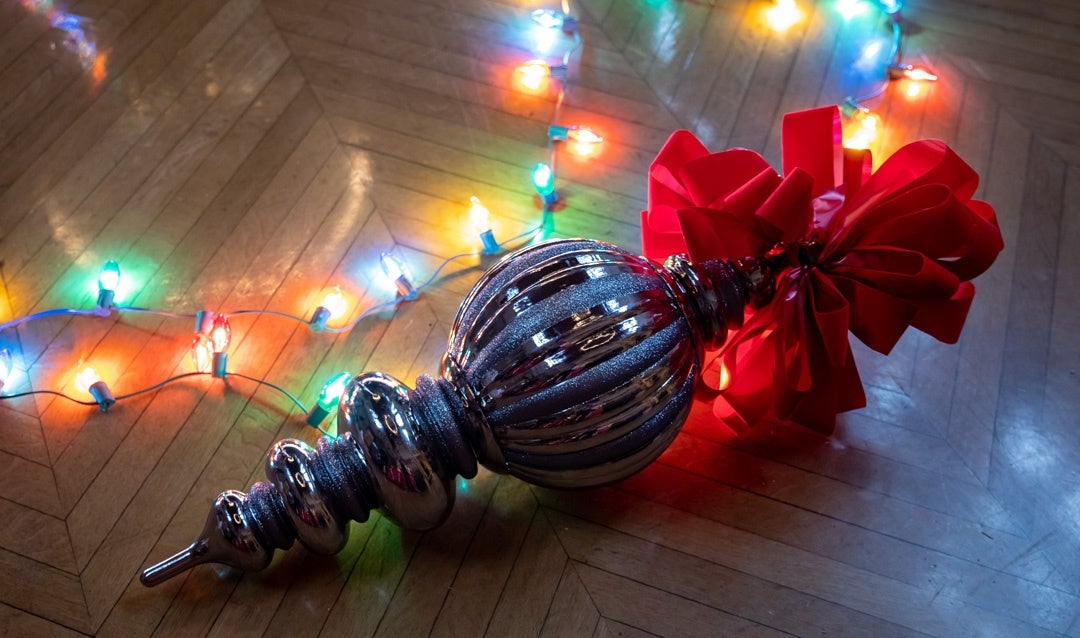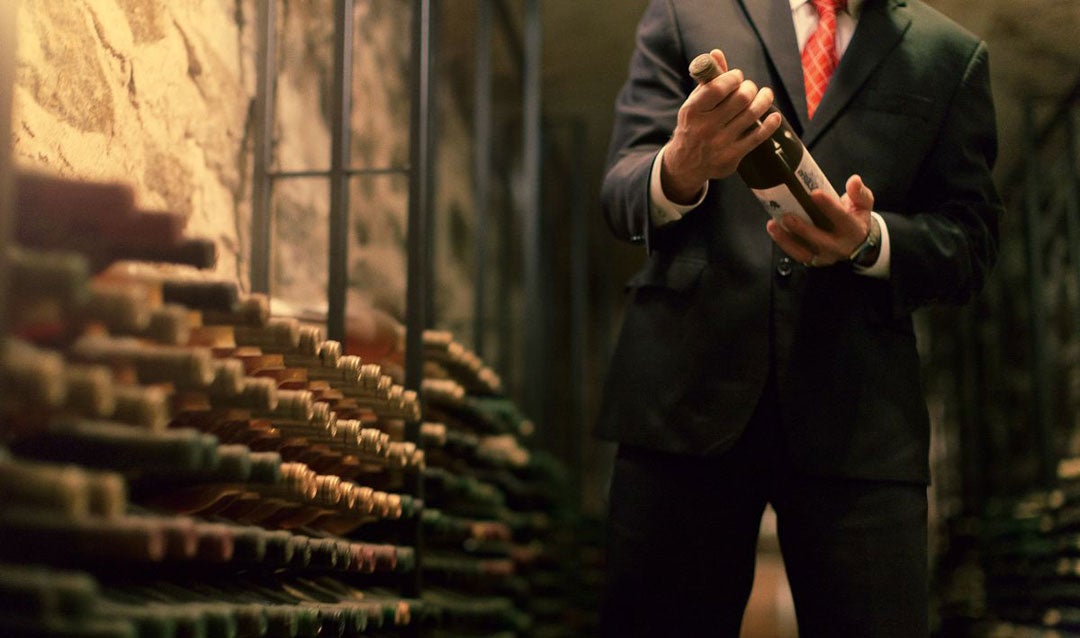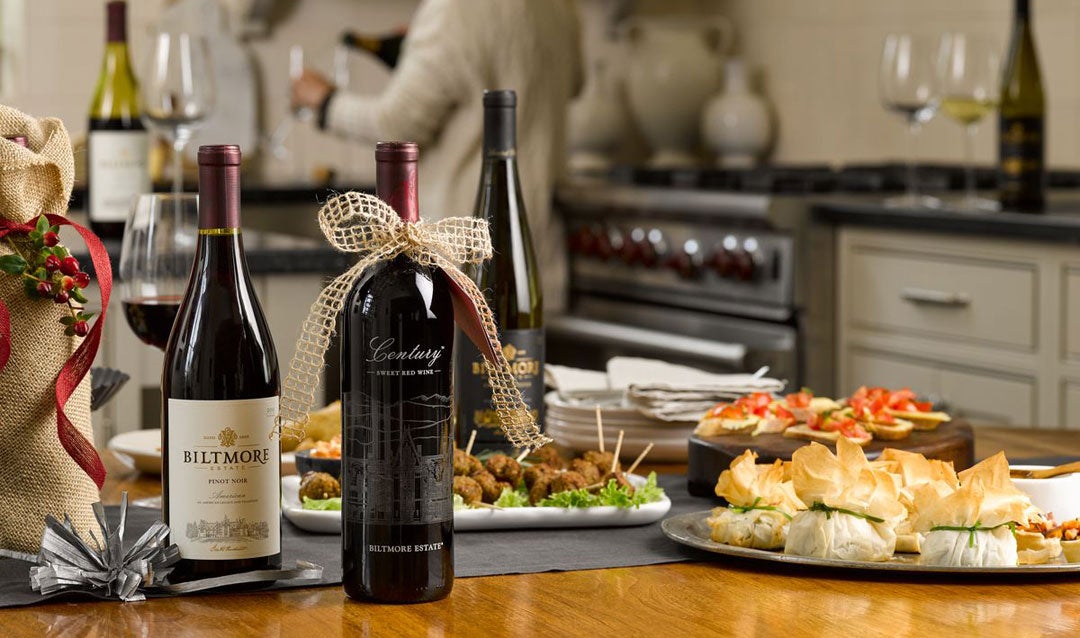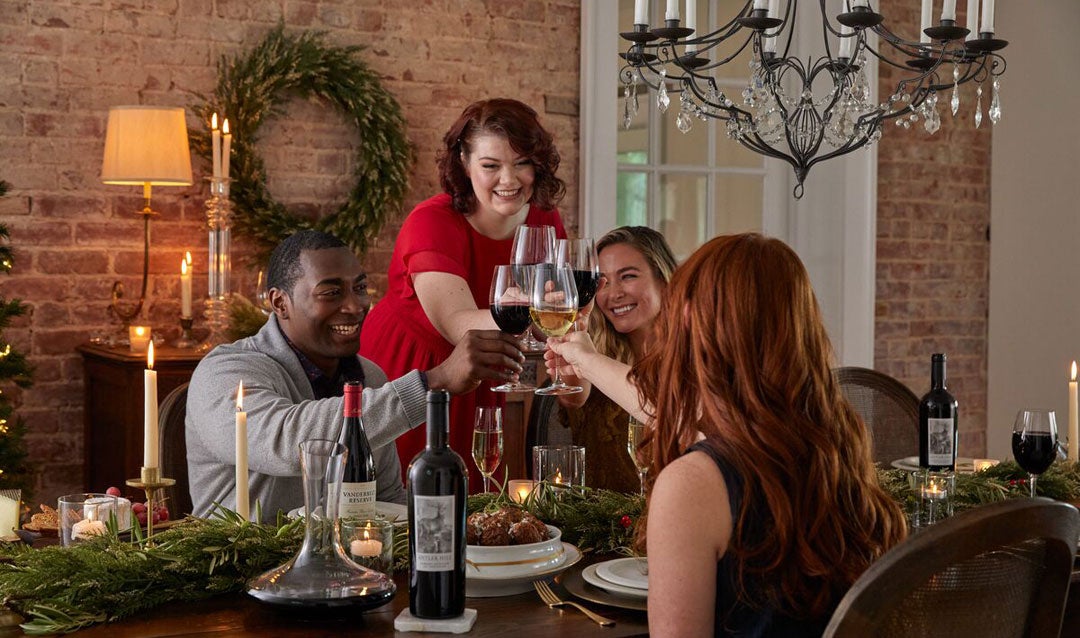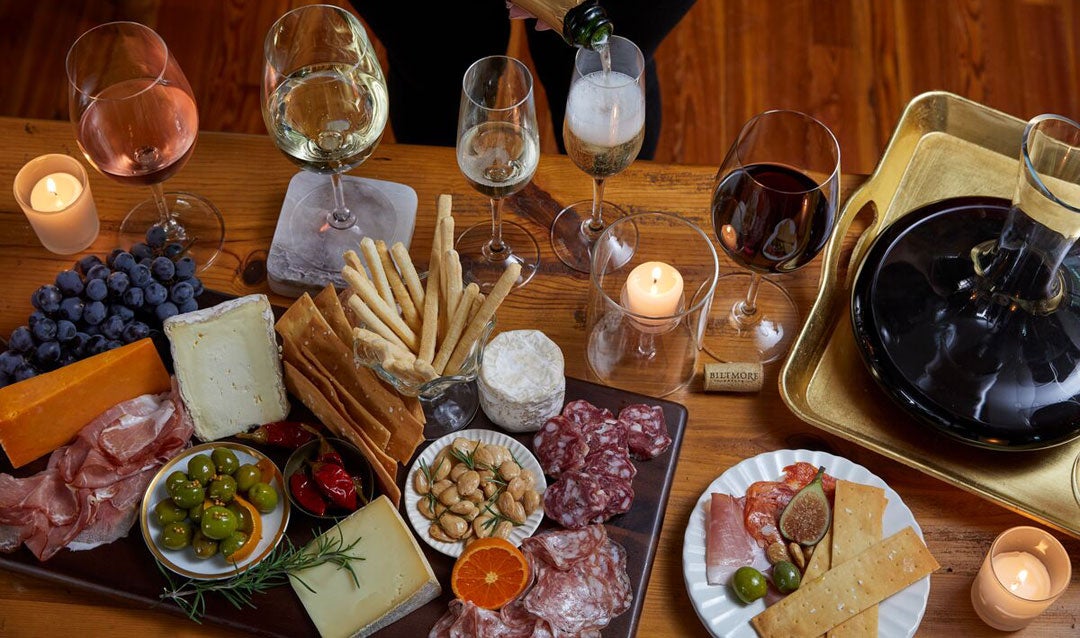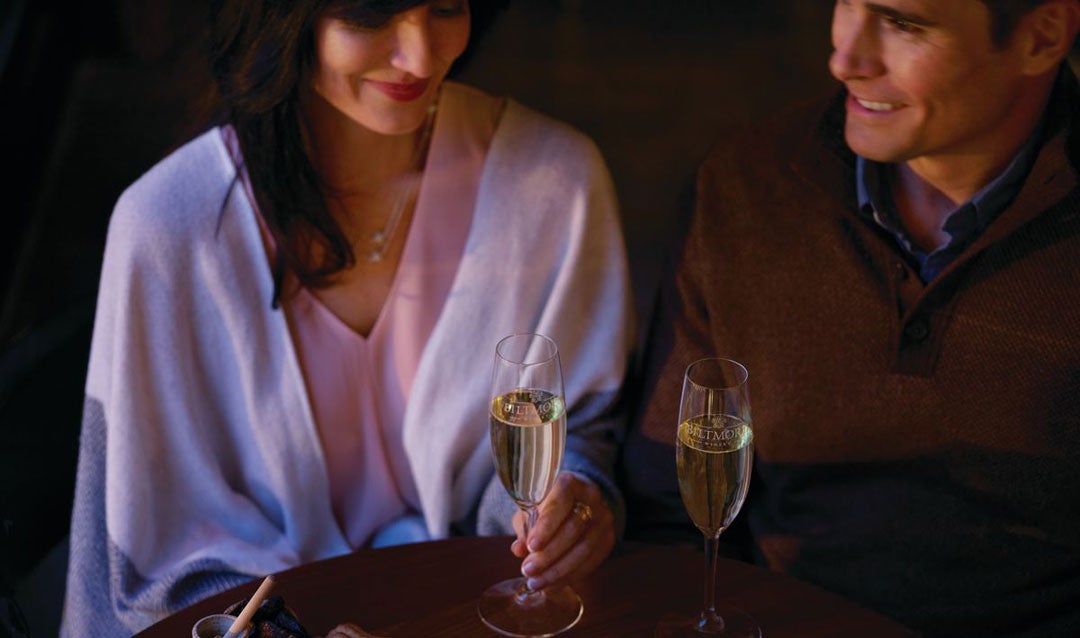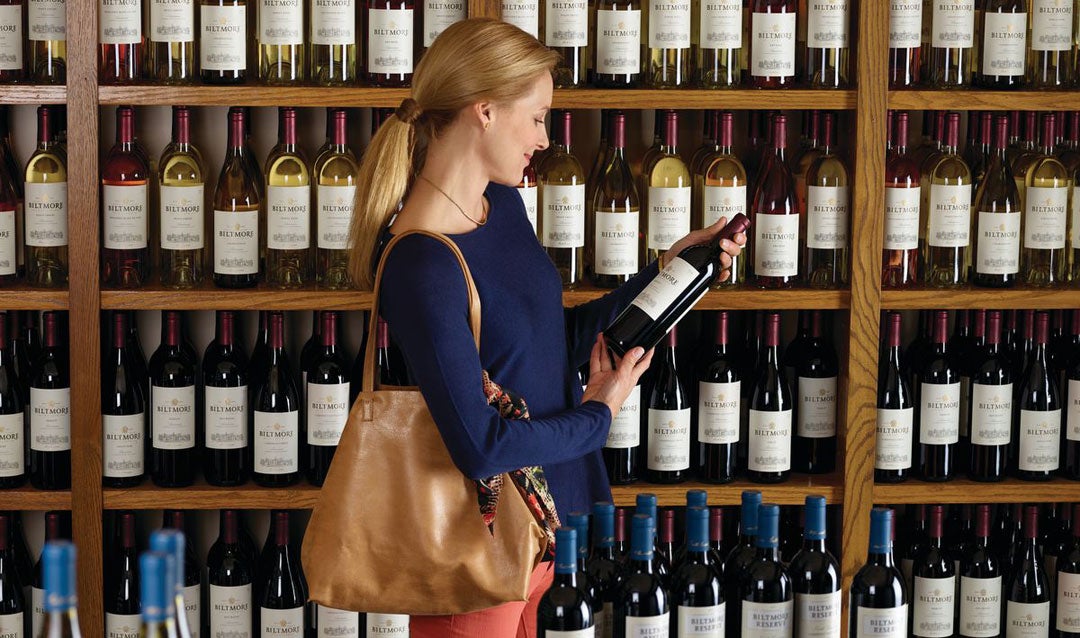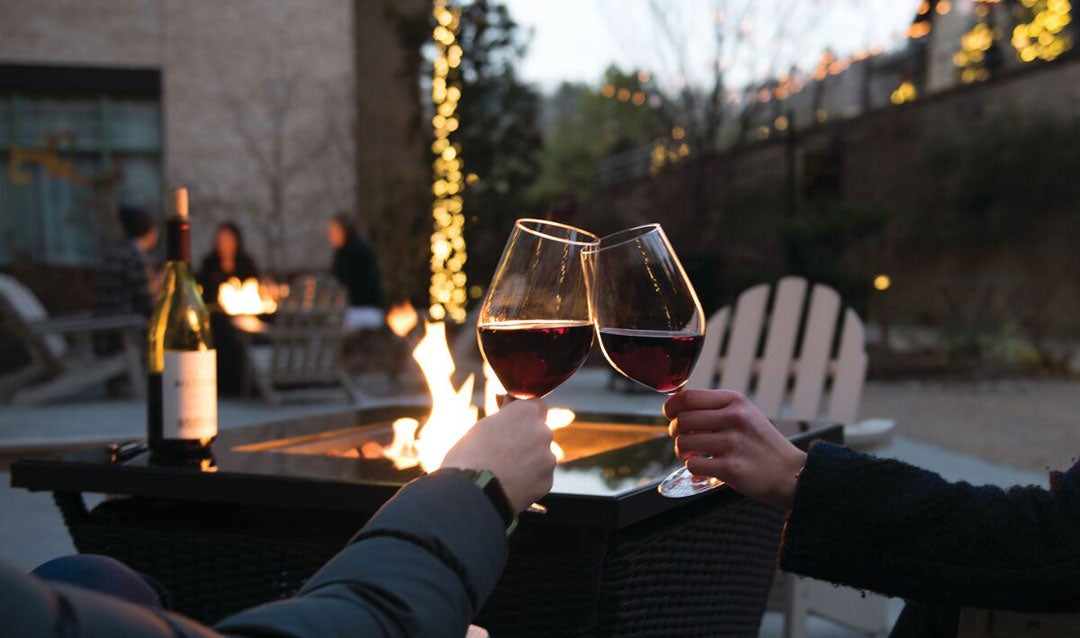Celebrate the warmer months with these sensational sangria recipes featuring your favorite Biltmore wines! Whether you’re a fan of reds, whites, or rosés, there’s a perfect option in the following recipes to help you create fun and fruity sangrias for solo sipping and friendly gatherings all season long.
Purchase our award-winning wines in estate shops or find a Biltmore wine retailer close to you.
White Wine Sangria
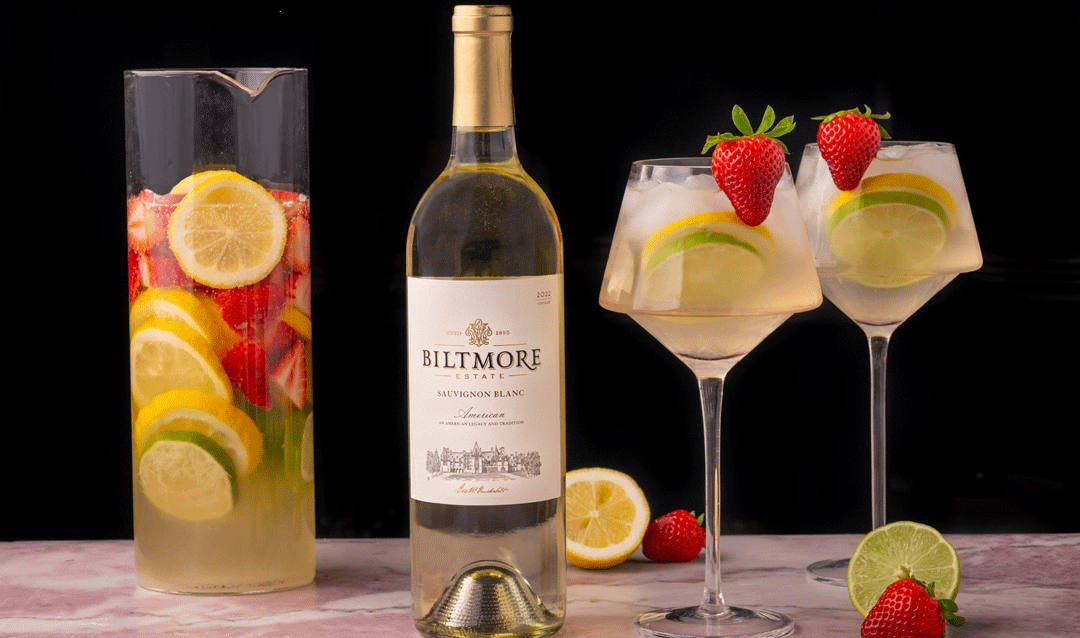
Sip on this delightful Sauvignon Blanc-based sangria recipe, created for Biltmore by Marley Goldin of @marleysmenu.
Ingredients:
- 2 lemons, washed and sliced in wheels
- 2 limes, washed and sliced in wheels
- ½ cup granulated sugar
- ¼ cup triple sec
- 1 bottle of Biltmore Estate® Sauvignon Blanc (or your favorite Biltmore white wine)
- 1 ½ cups strawberries, washed, tops removed, halved
- 2 cups club soda
- Ice
Instructions:
- Into a large pitcher, add the lemon and lime slices and granulated sugar. Muddle for 30 seconds until the sugar combines with the citrus juices.
- Add the triple sec, then stir to combine.
- Add the Biltmore Estate® Sauvignon Blanc and sliced strawberries to the pitcher and stir again.
- Just before serving, add ice and club soda. Serves 8.
- Tip: This recipe can be made up to 24 ahead of time! The longer the fruit sits in the liquid, the more its flavor infuses. Hold off on adding the club soda and ice until just before serving.
Masterpiece Sangria
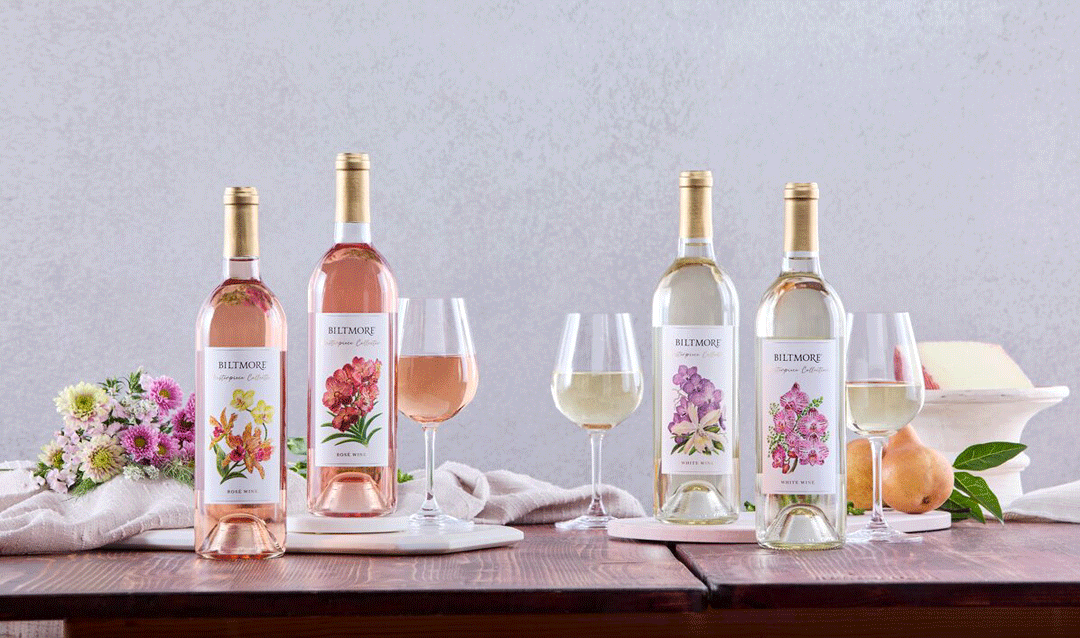
Although traditional sangria recipes tend to feature red wines, this version with our Biltmore Masterpiece Collection White or Rosé Wines is a cool, refreshing treat for warm weather. Enjoy with friends and, should you have any leftover (we doubt you will!), freeze it for a fun take on grown-up popsicles or slushies.
Ingredients:
- 1 bottle Biltmore® Masterpiece Collection White Wine or Rosé Wine
- 4 ounces simple syrup
- 4 ounces brandy
- 2 ounces of freshly squeezed orange juice
- 2 ounces of freshly squeezed lime juice
- 2 ounces of freshly squeezed lemon juice
- 2 limes, sliced in wheels
- 1 lemon, sliced in wheels then halved
- 1 Fuji apple, cubed
- 1 Anjou pear, cubed
- 1 mango, cubed
- Seeds from ½ pomegranate (optional)
Instructions:
- Combine all ingredients in a large pitcher and stir until well mixed, adding pomegranate seeds at the end for presentation as they tend to fall to the bottom after stirring.
- Serve over ice. If sangria sits overnight, add simple syrup to taste as additional juices will come forward the next day.
- Serves 4-6.
Cardinal’s Crest Red Sangria
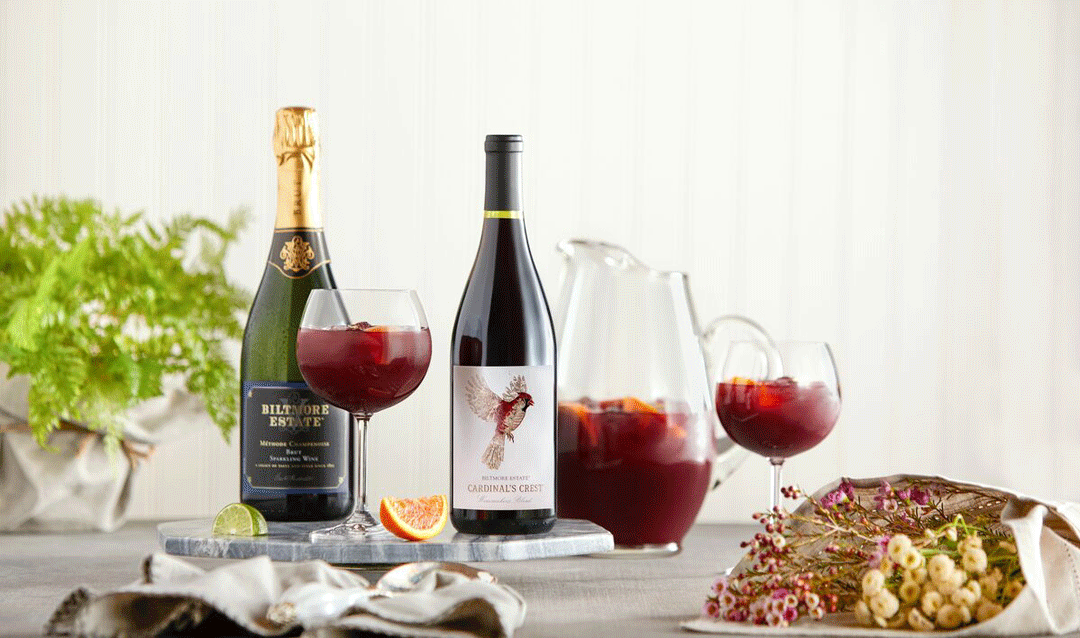
Take time for yourself with a glass of Cardinal’s Crest Red Sangria—the perfect sparkling treat for a leisurely Sunday morning brunch or a long afternoon on the porch.
Ingredients:
- 3 ounces Biltmore Estate® Cardinal’s Crest
- ½ ounce Orange Curacao
- ½ ounce St. Remy Brandy
- ¾ ounce orange juice
- ¼ ounce grapefruit juice
- ½ ounce simple syrup
- 1 ounce Biltmore Estate® Brut sparkling wine
- Lime wedge and an orange wedge (optional garnish)
Instructions:
- Add the first 6 ingredients to a small pitcher or shaker; mix until combined.
- Pour over ice in a wine glass and top with 1 ounce sparkling wine and garnish with lime and orange wedges.
- Serves 1, but can be easily multiplied for sharing.
